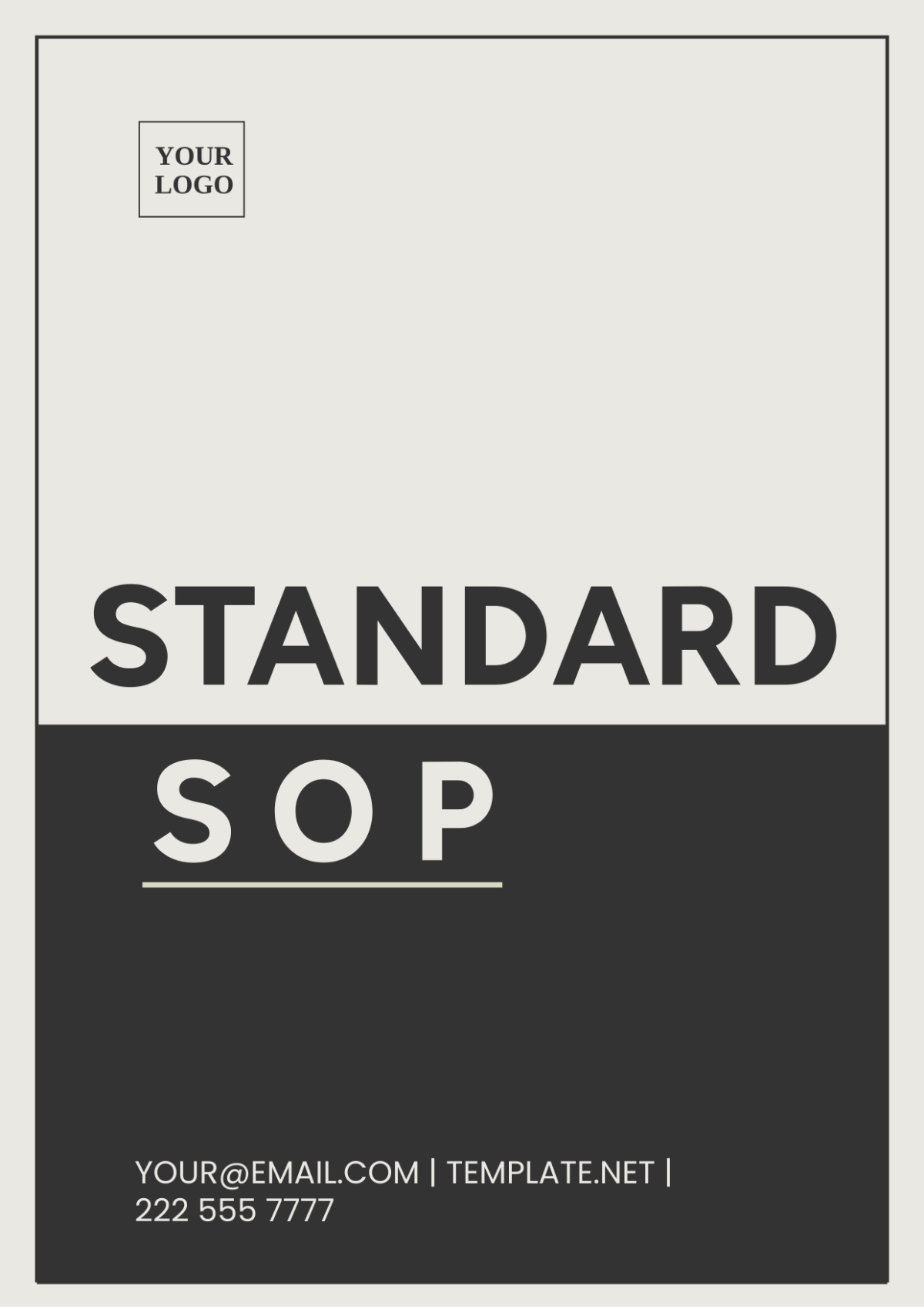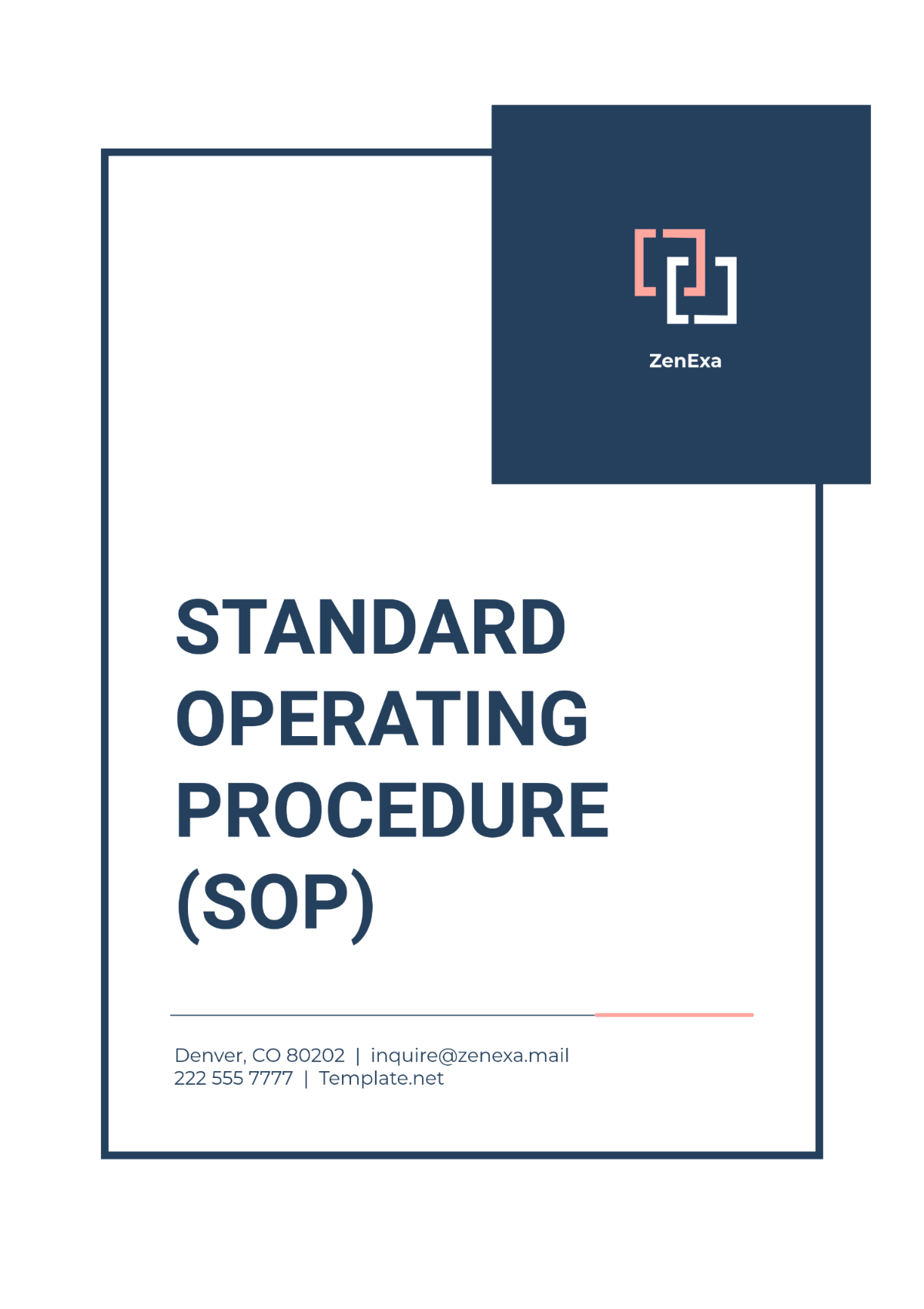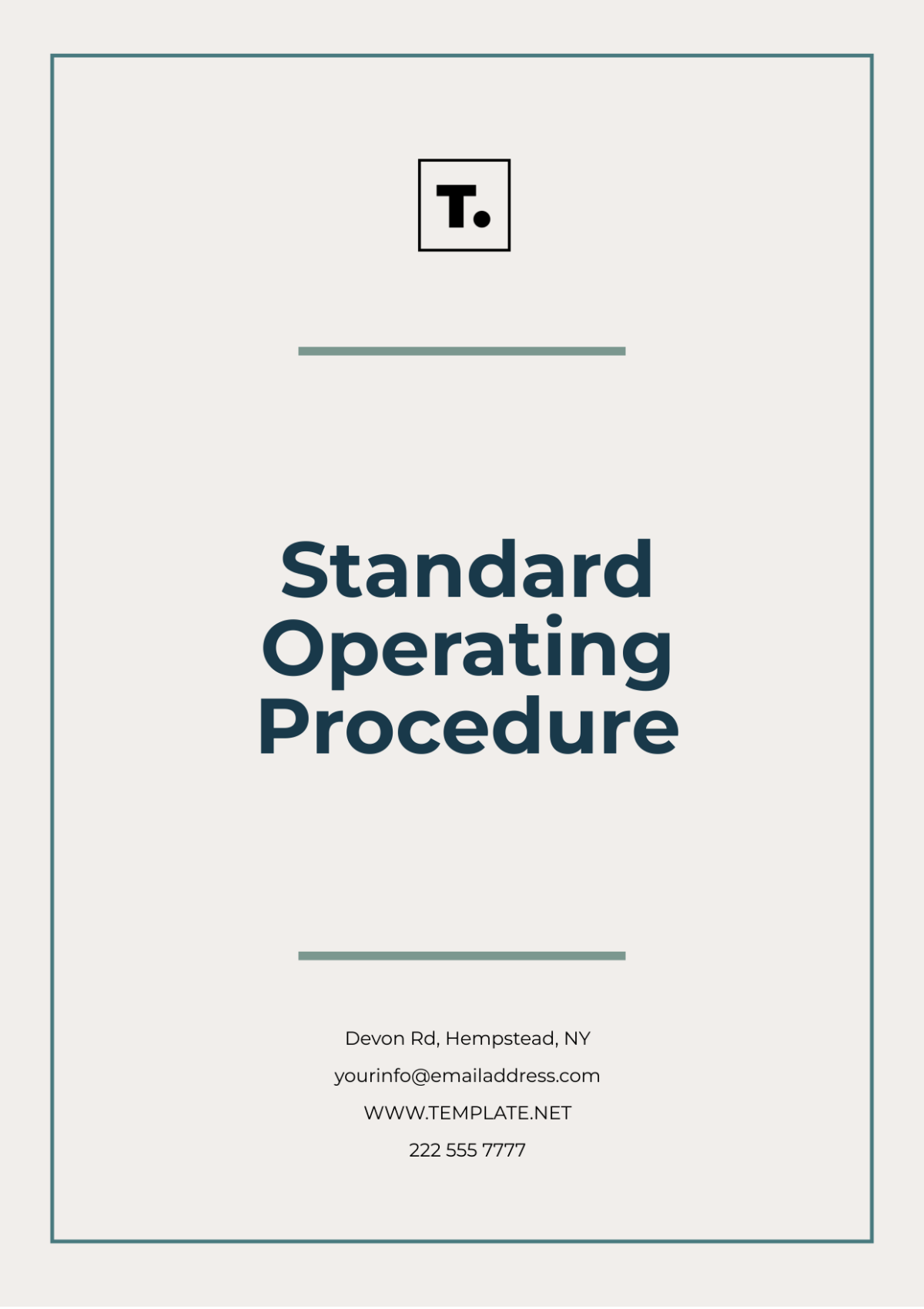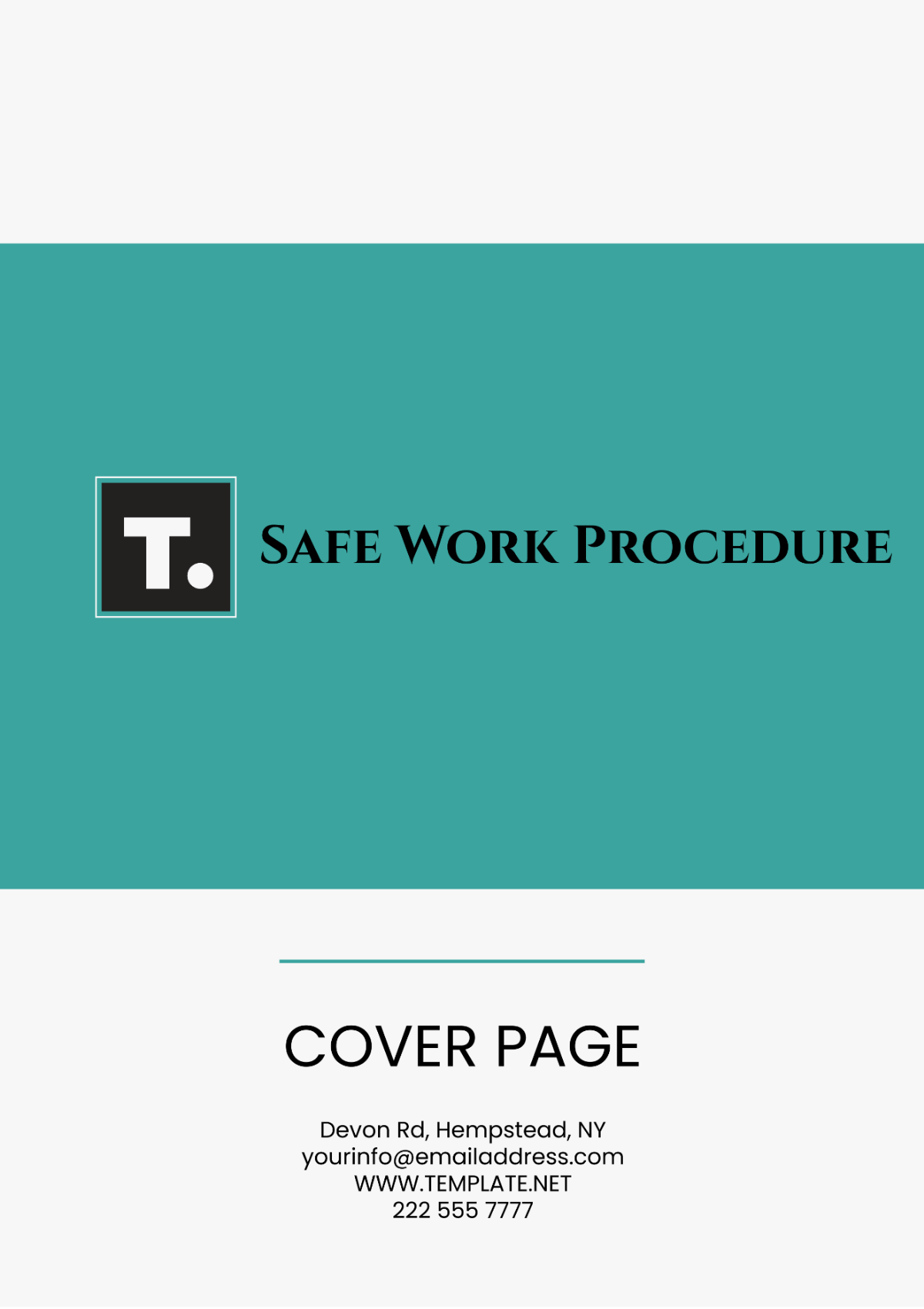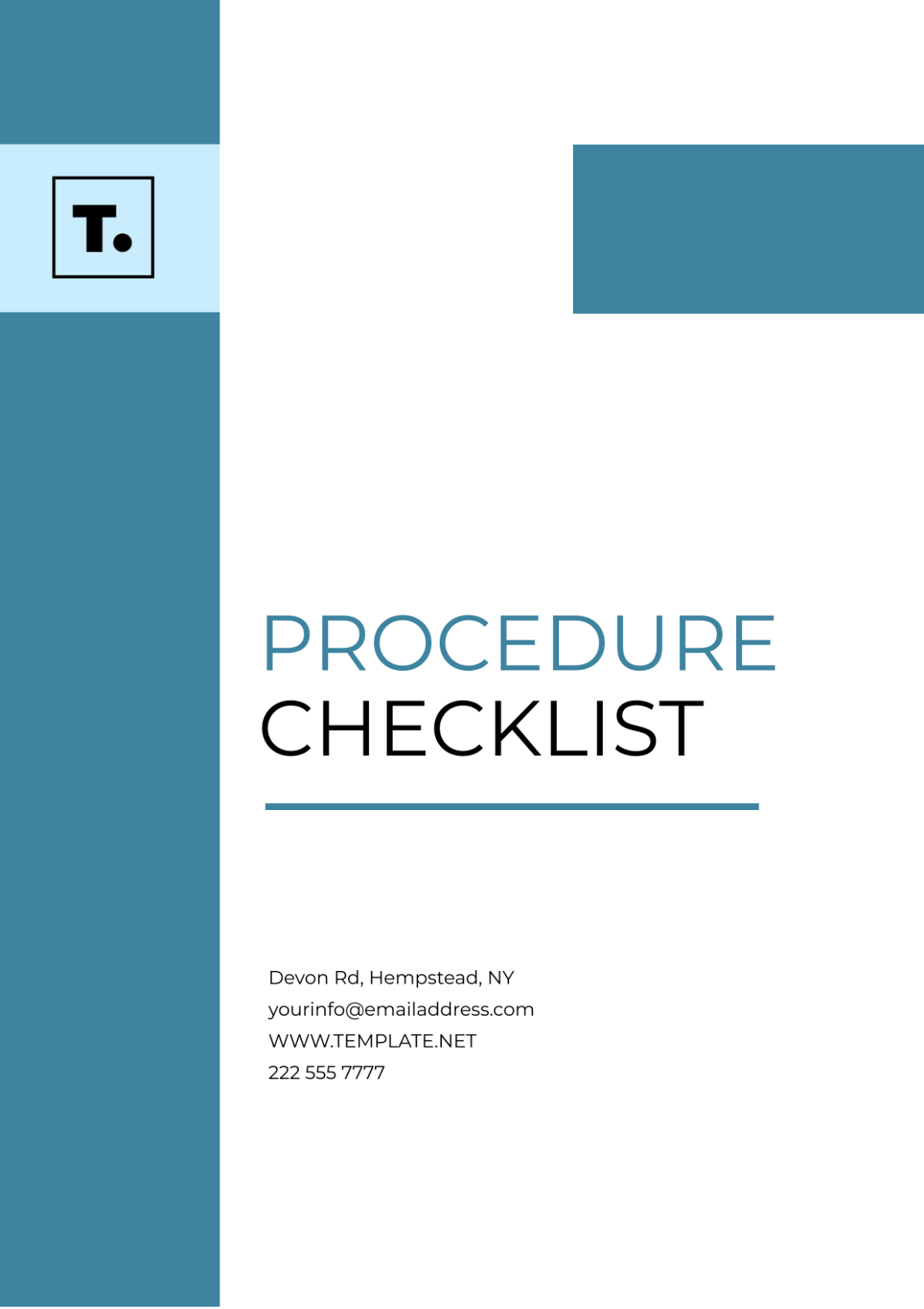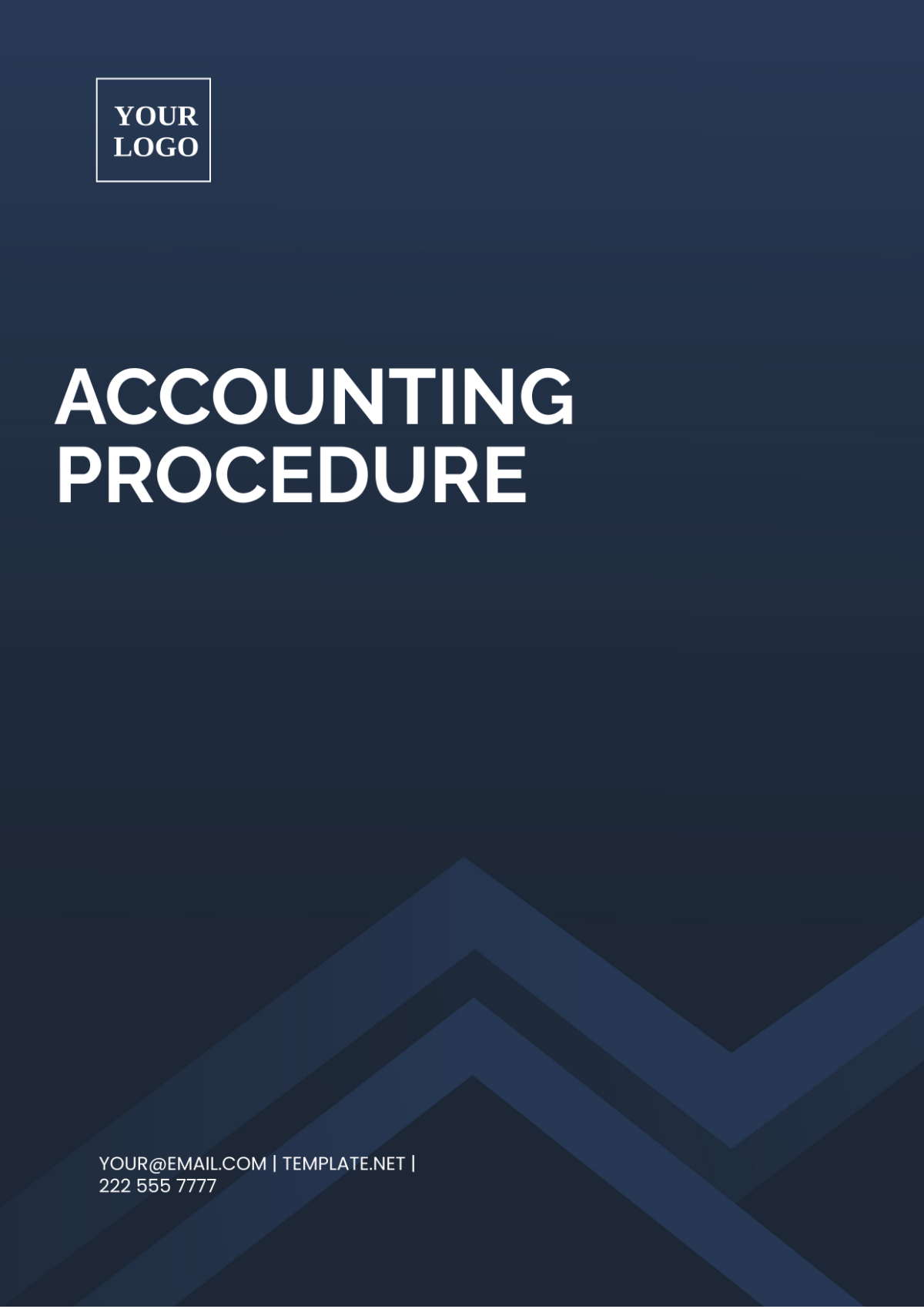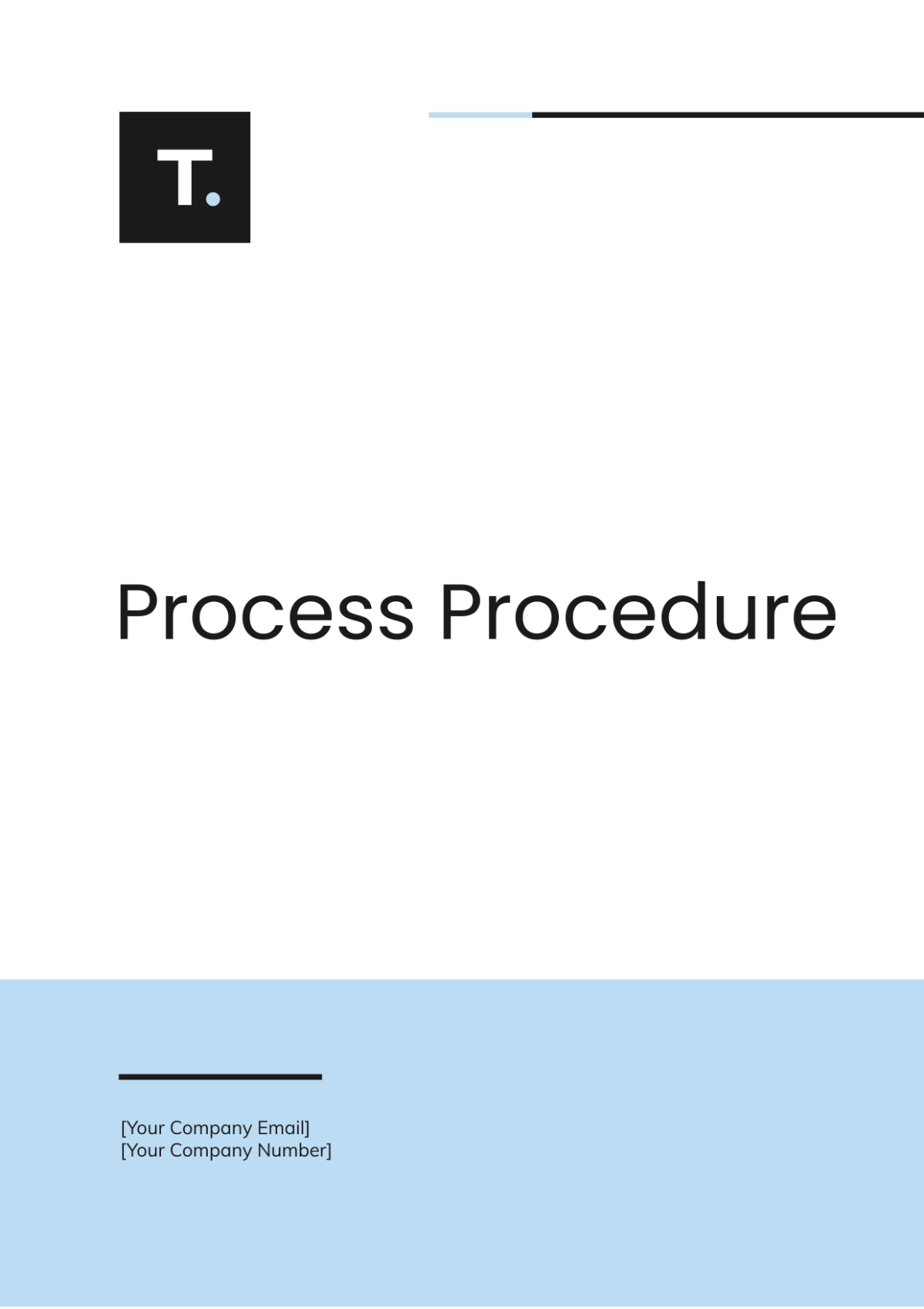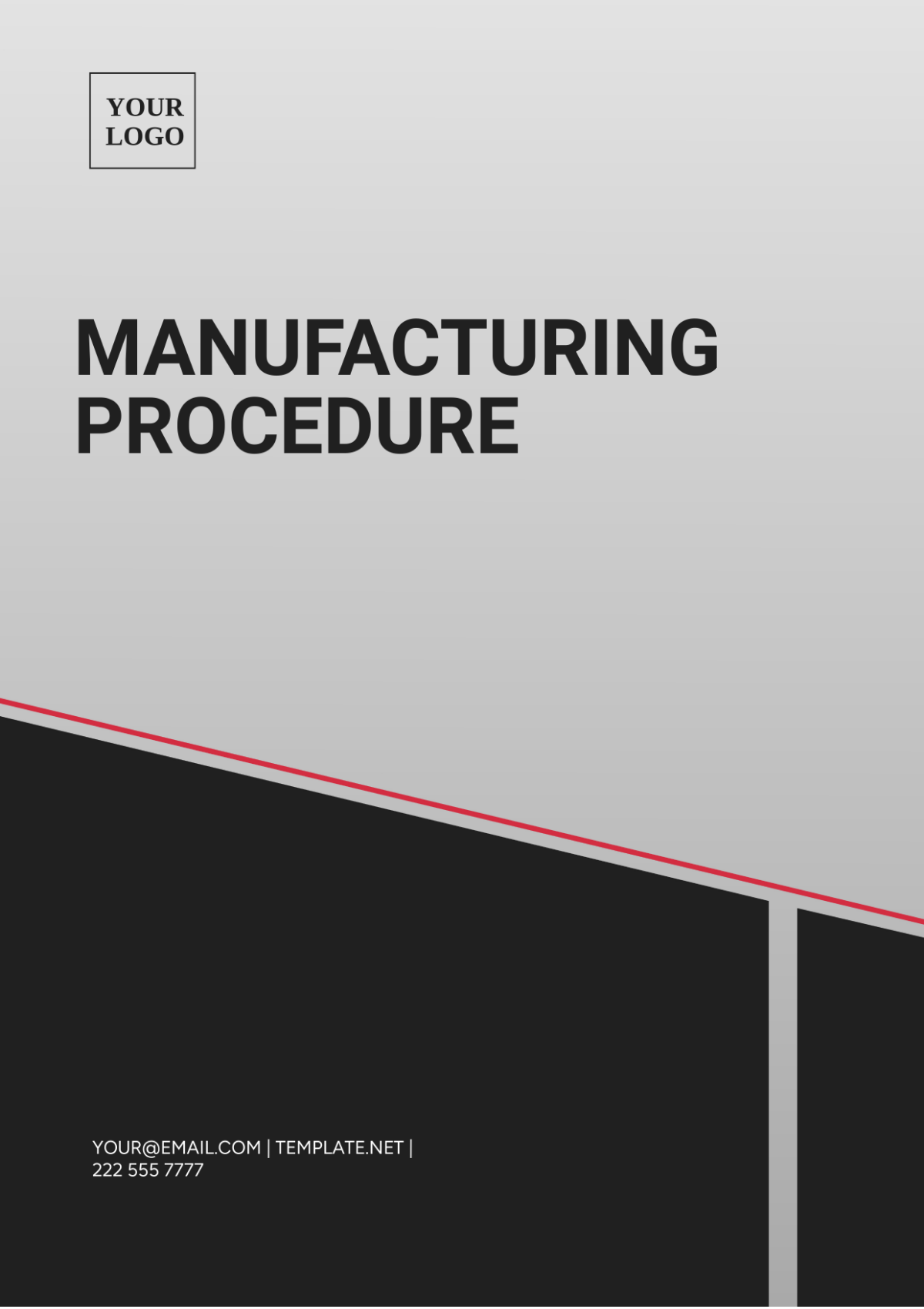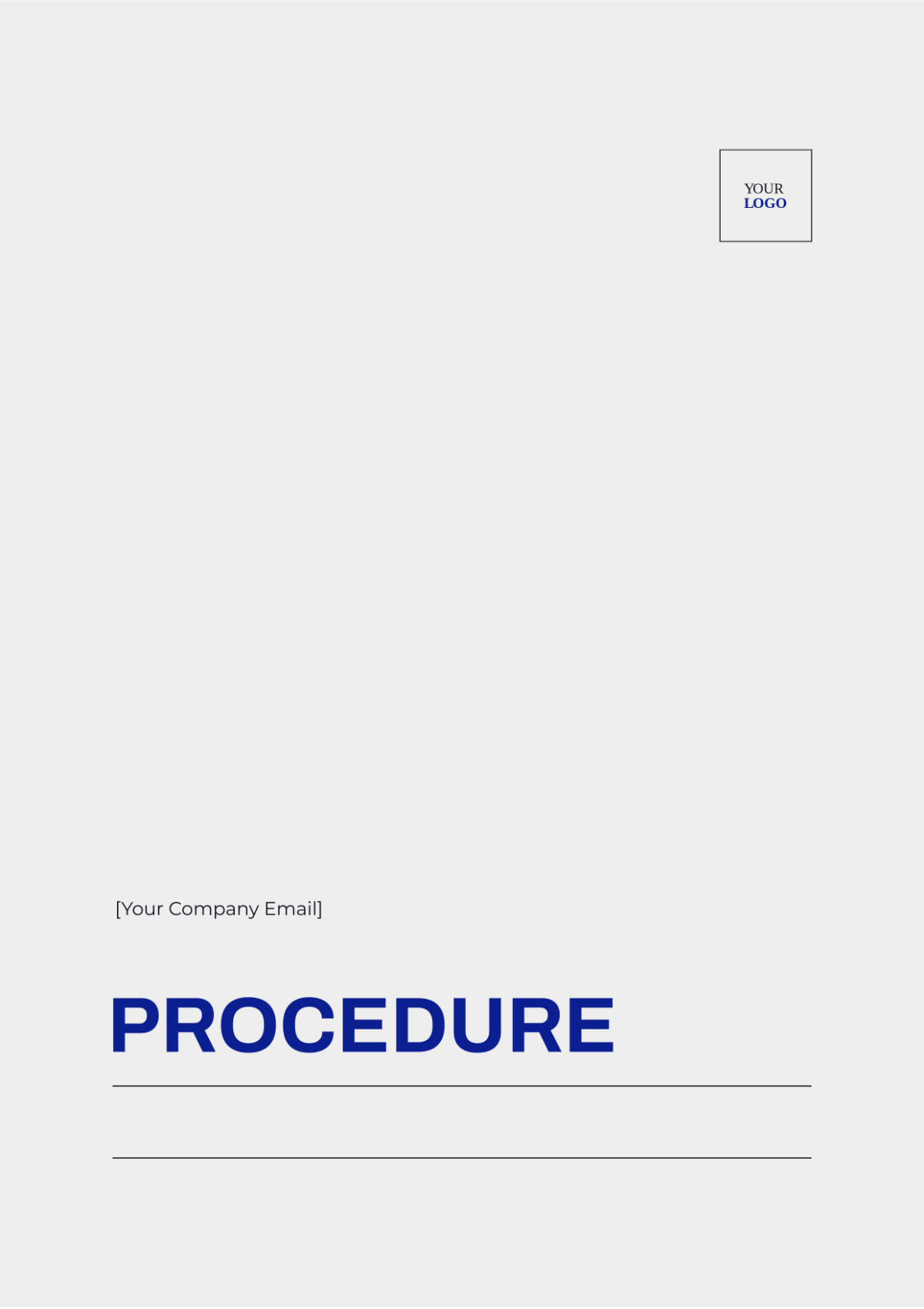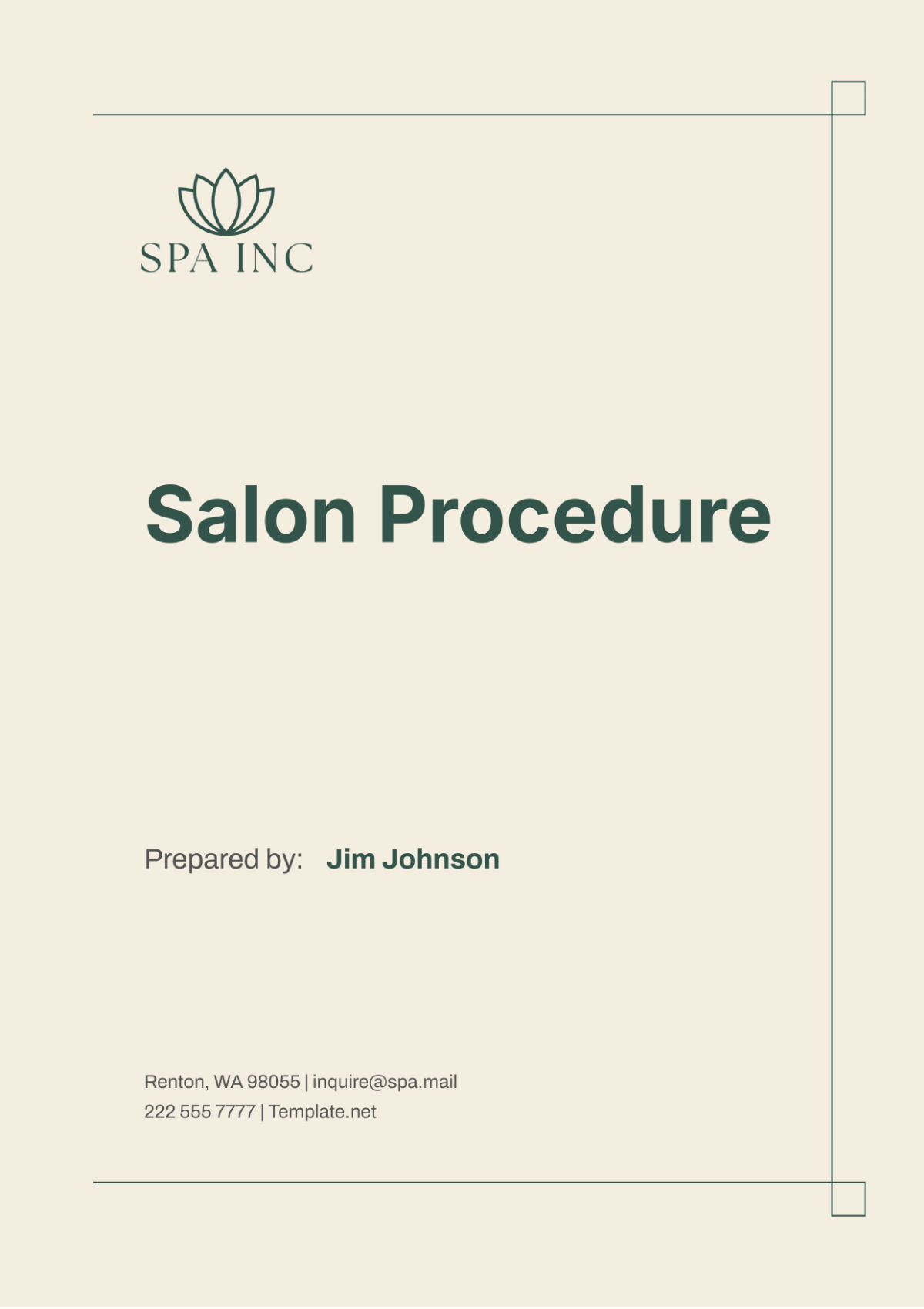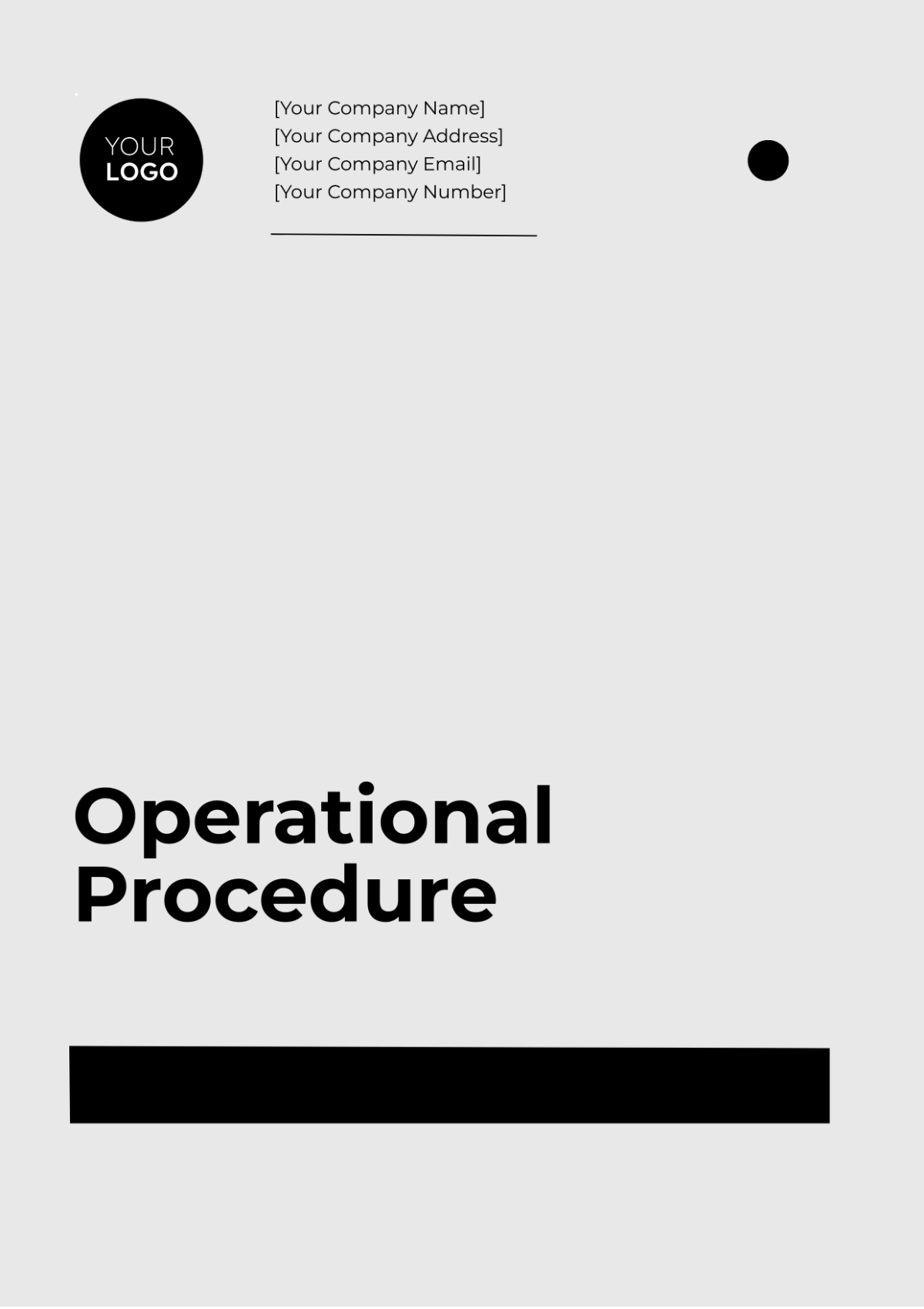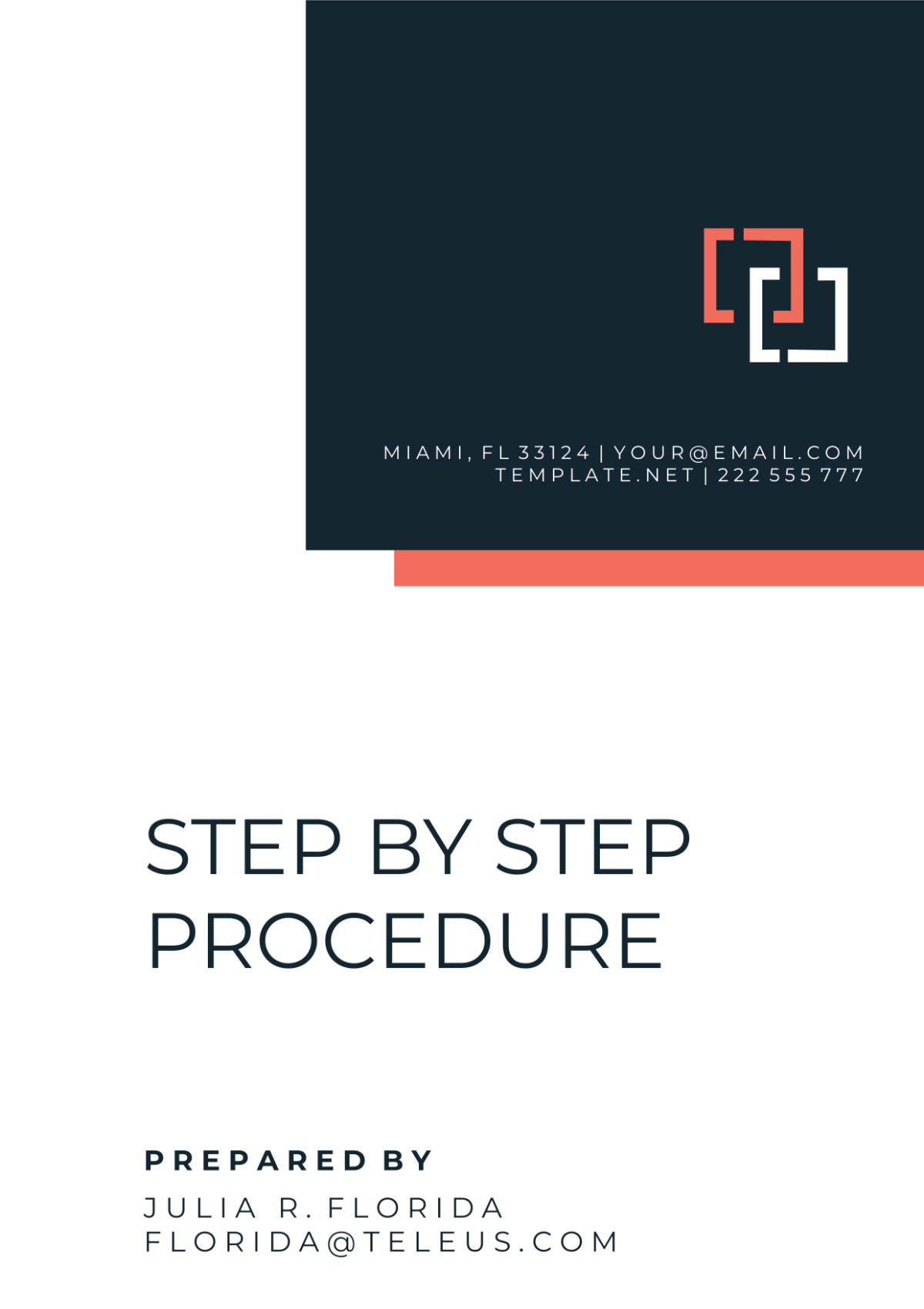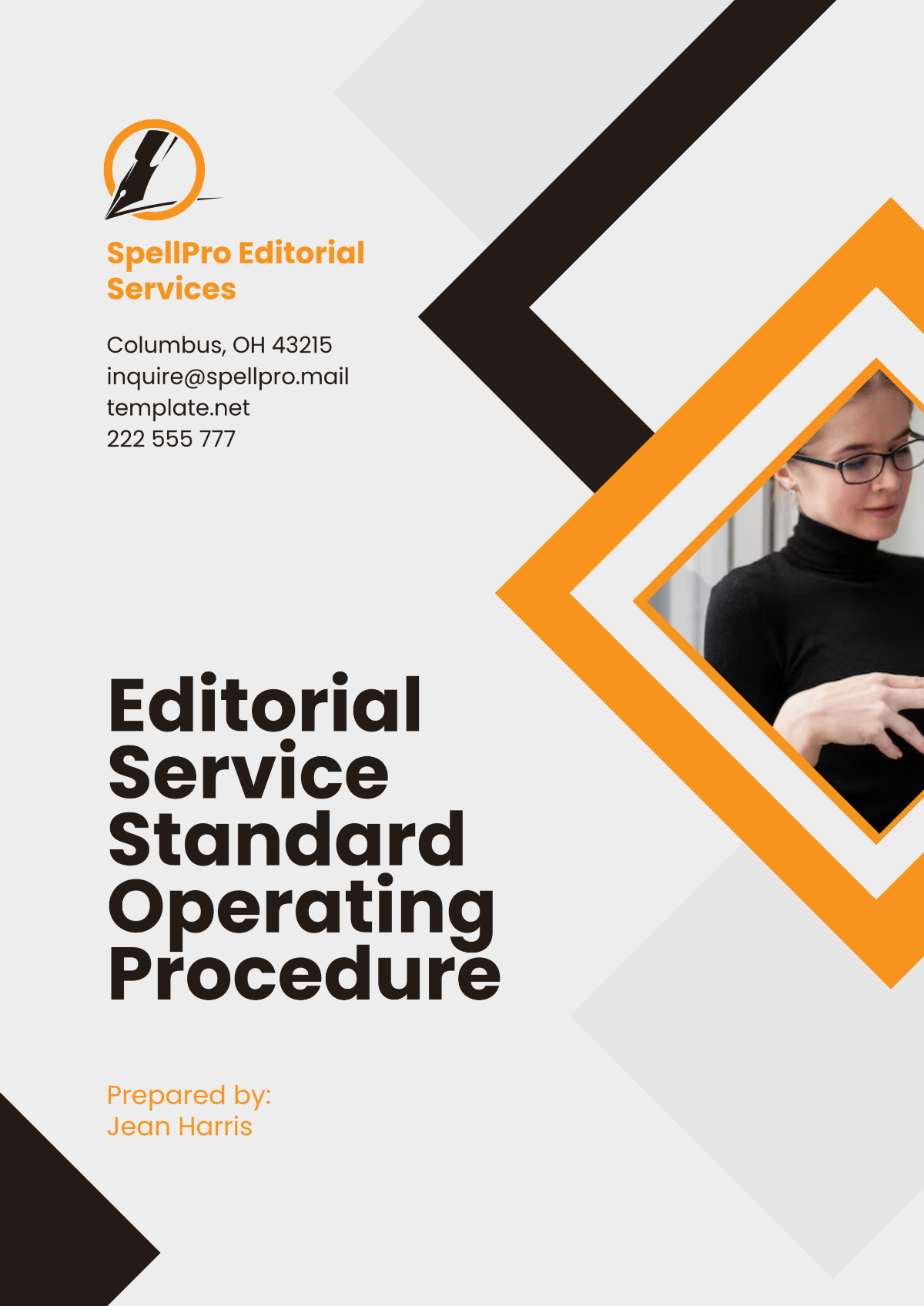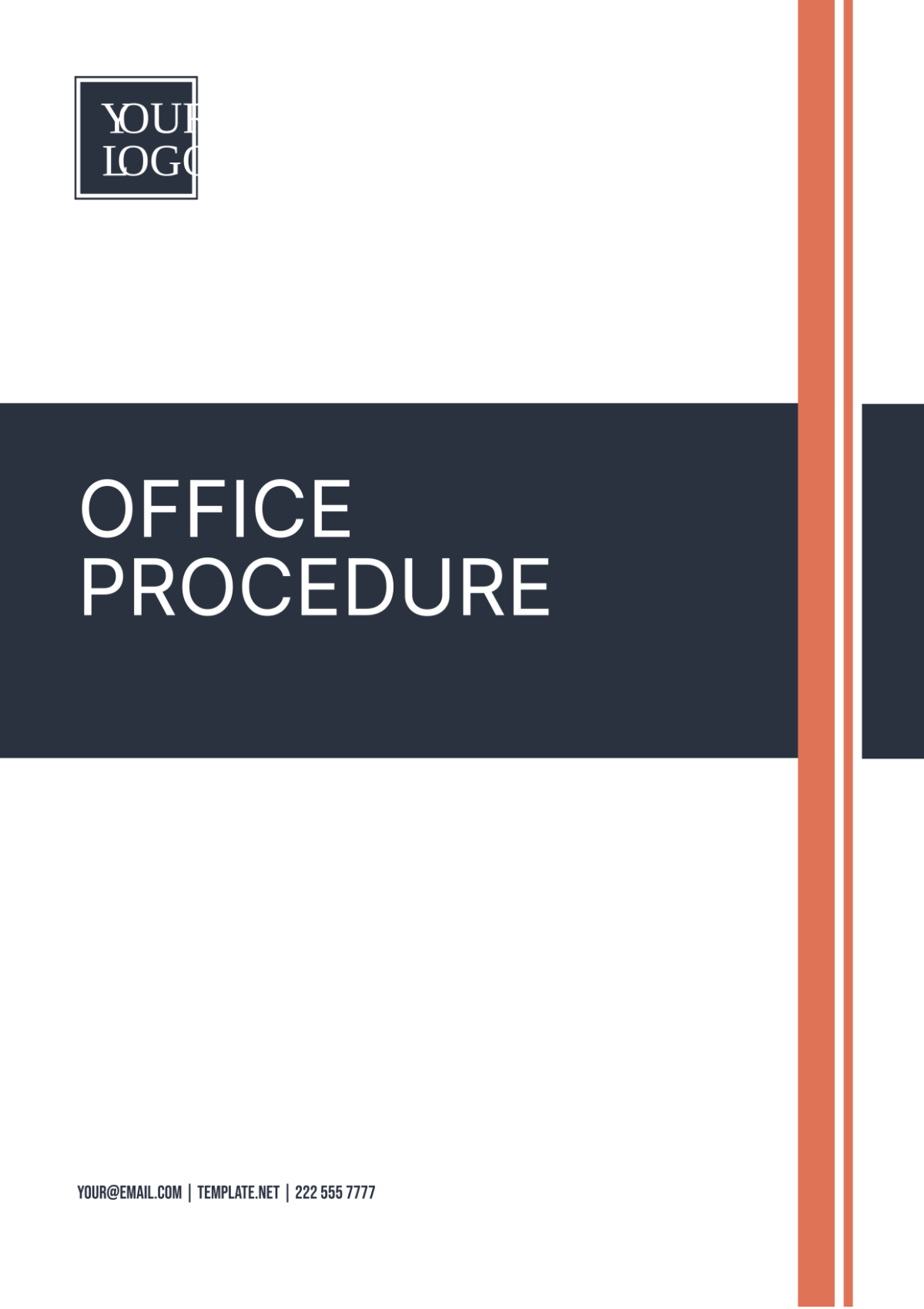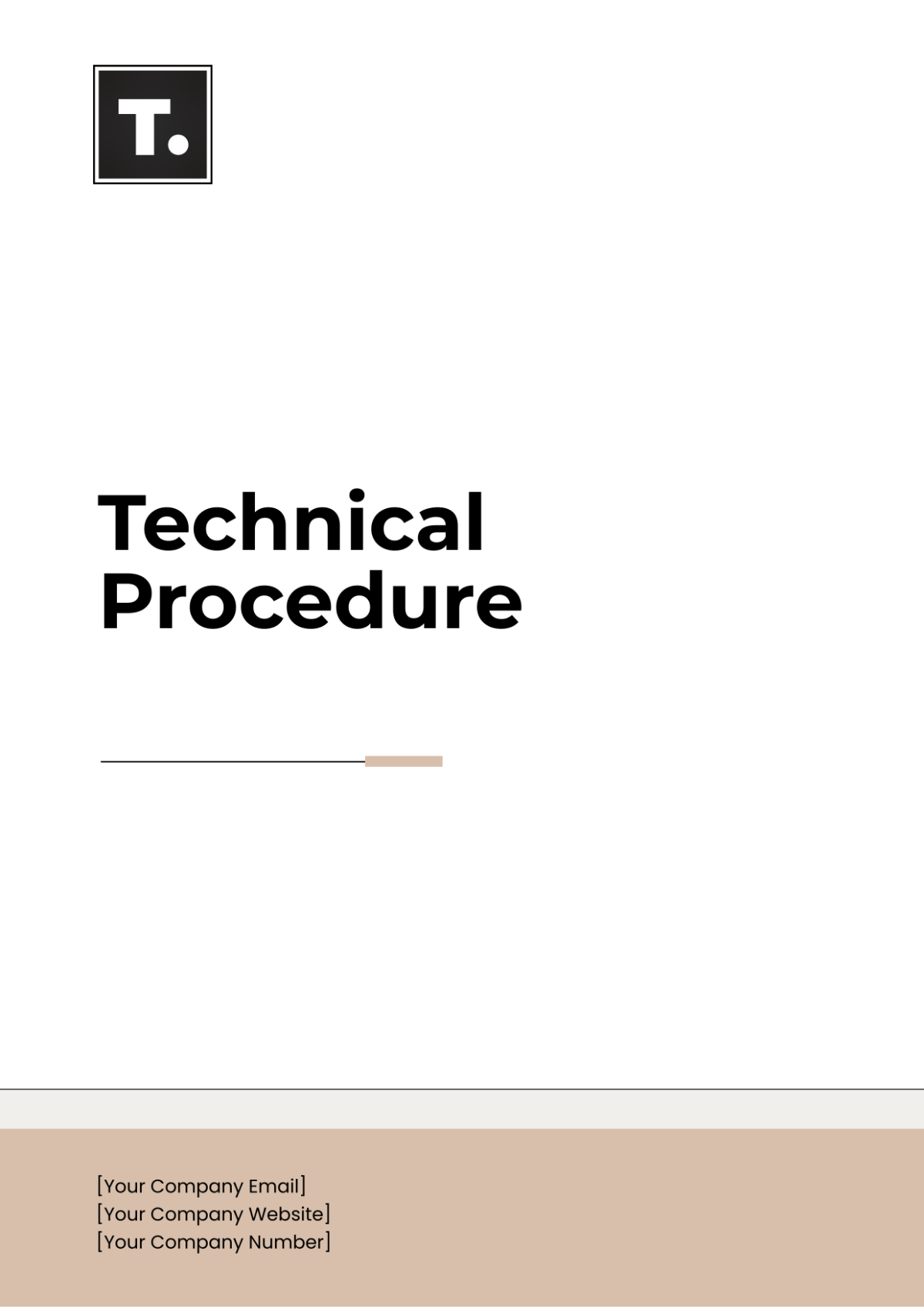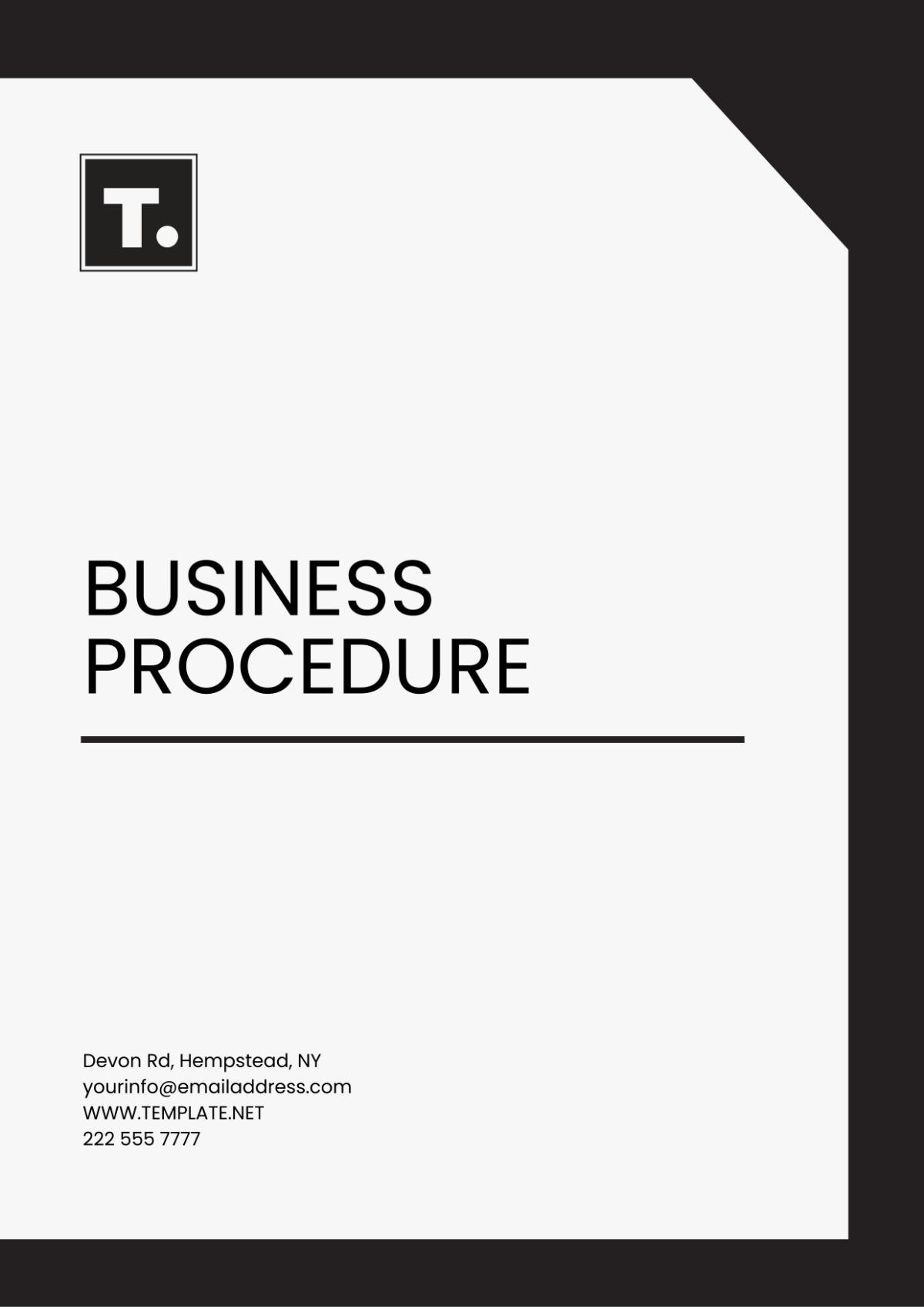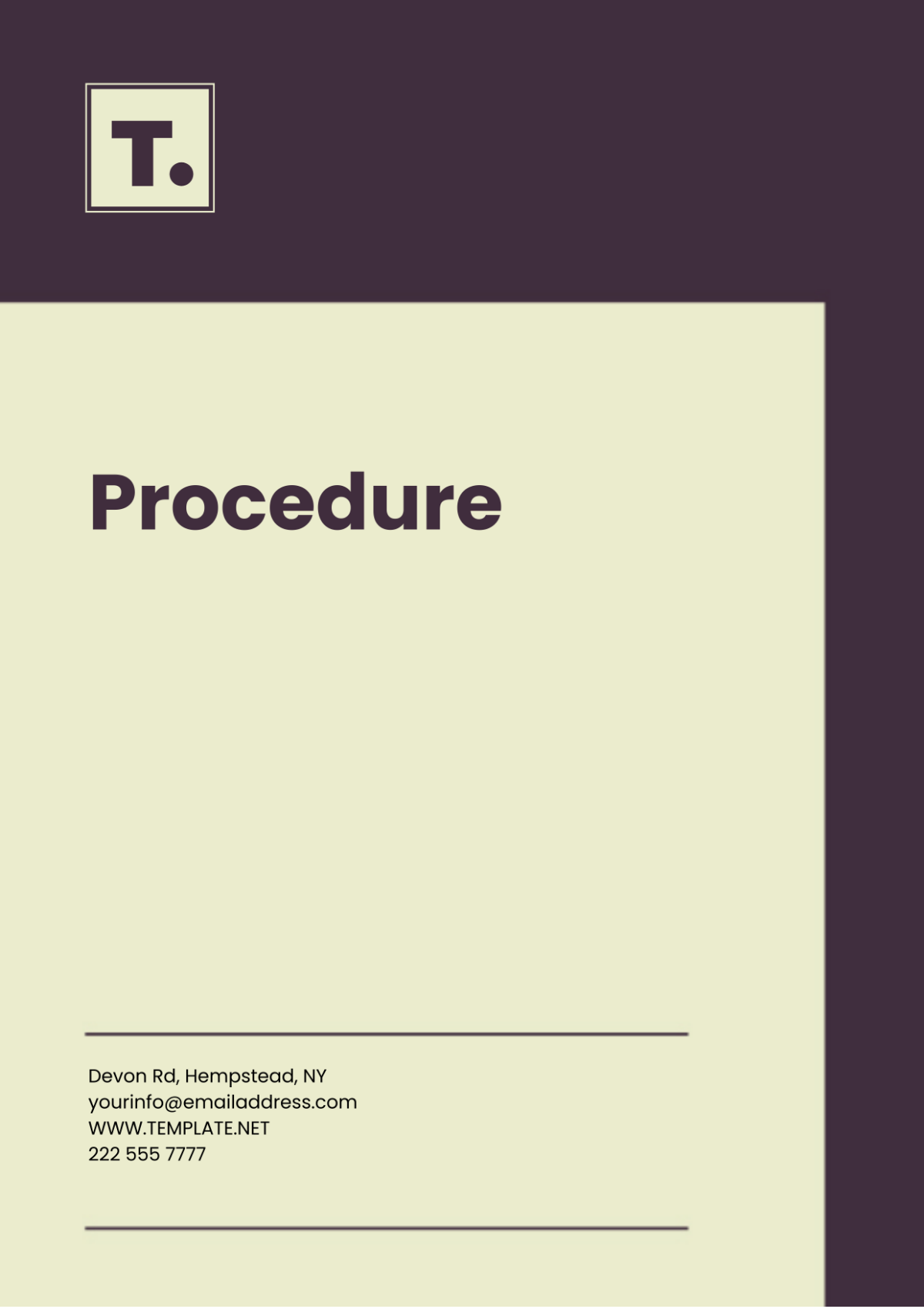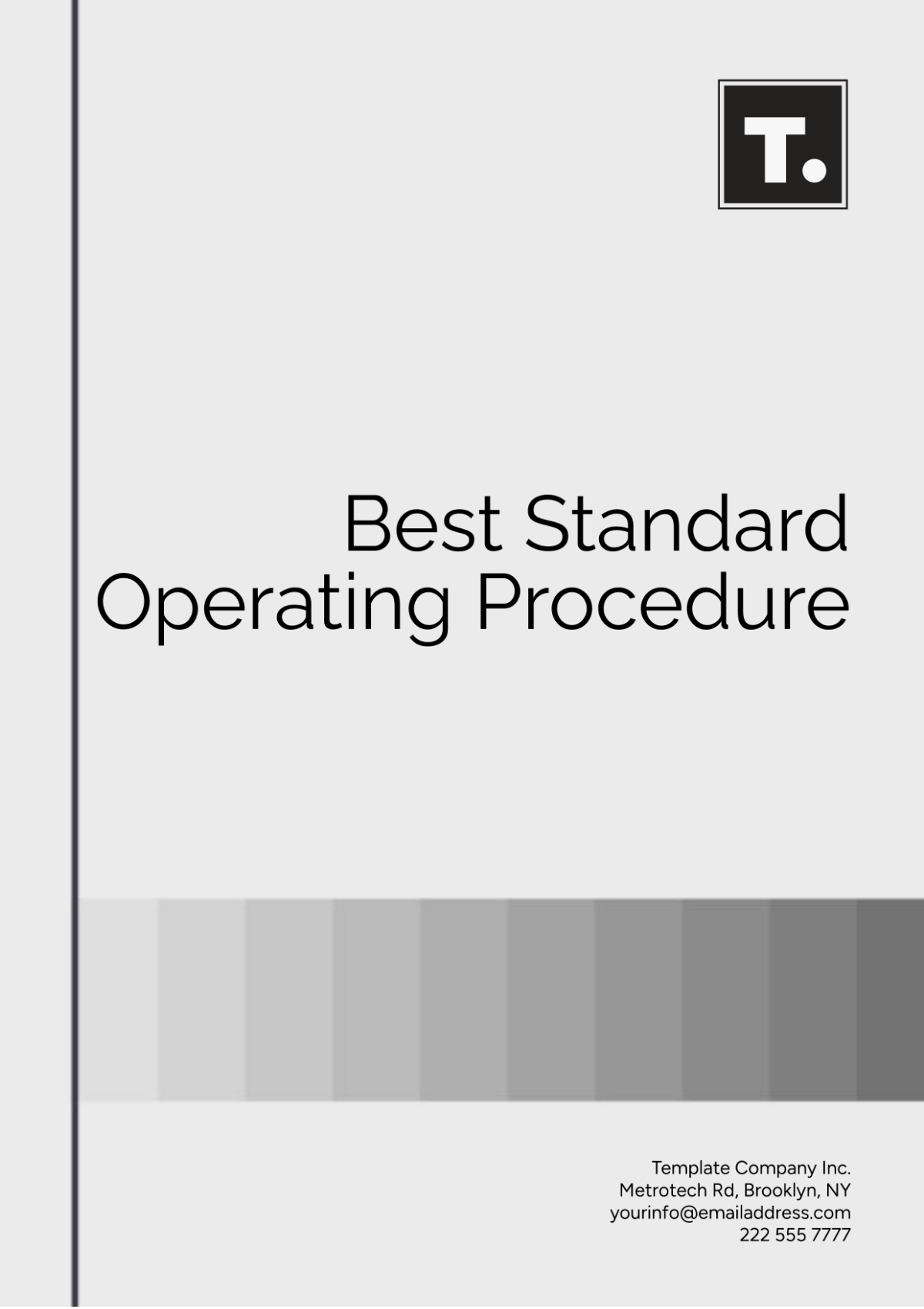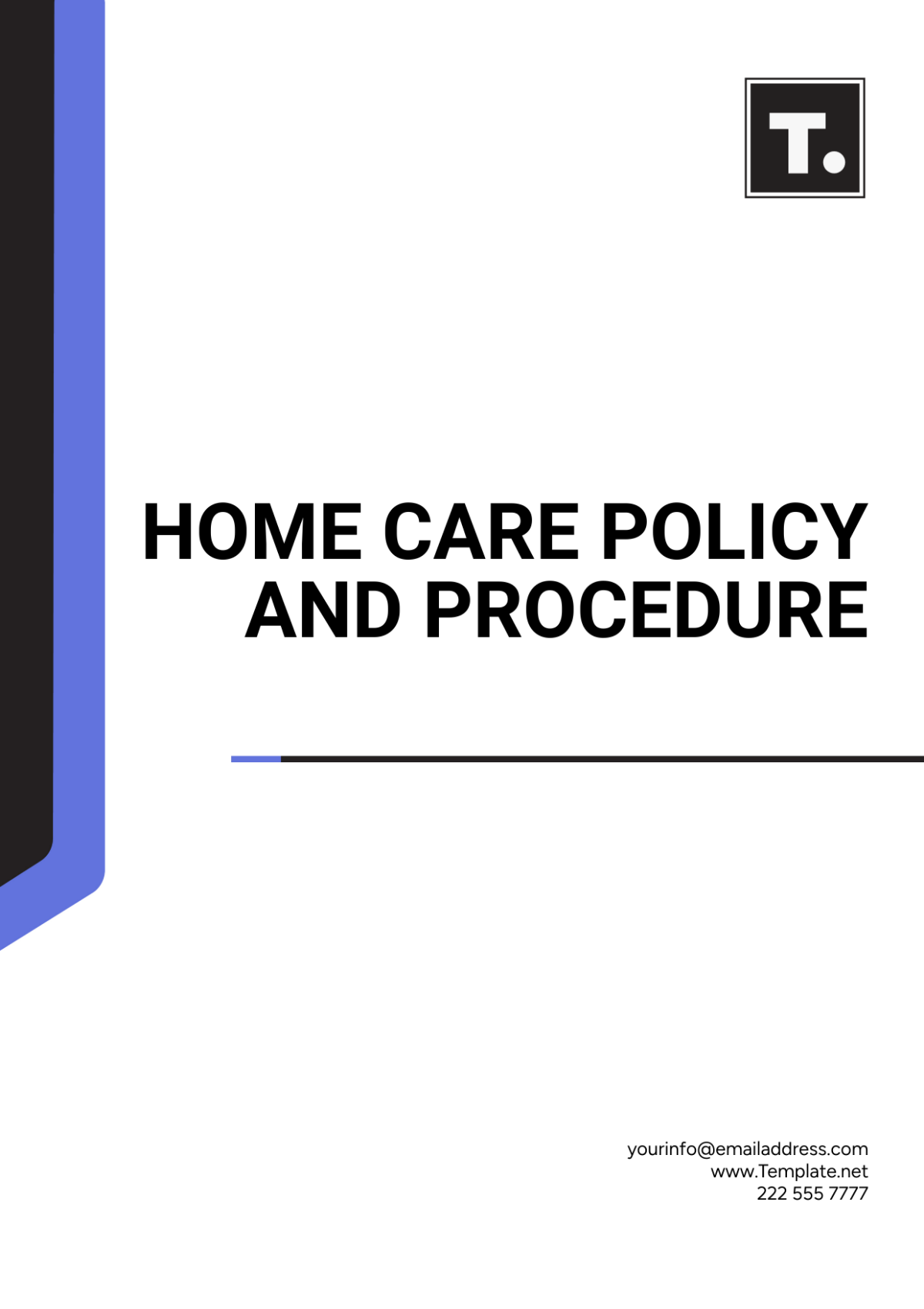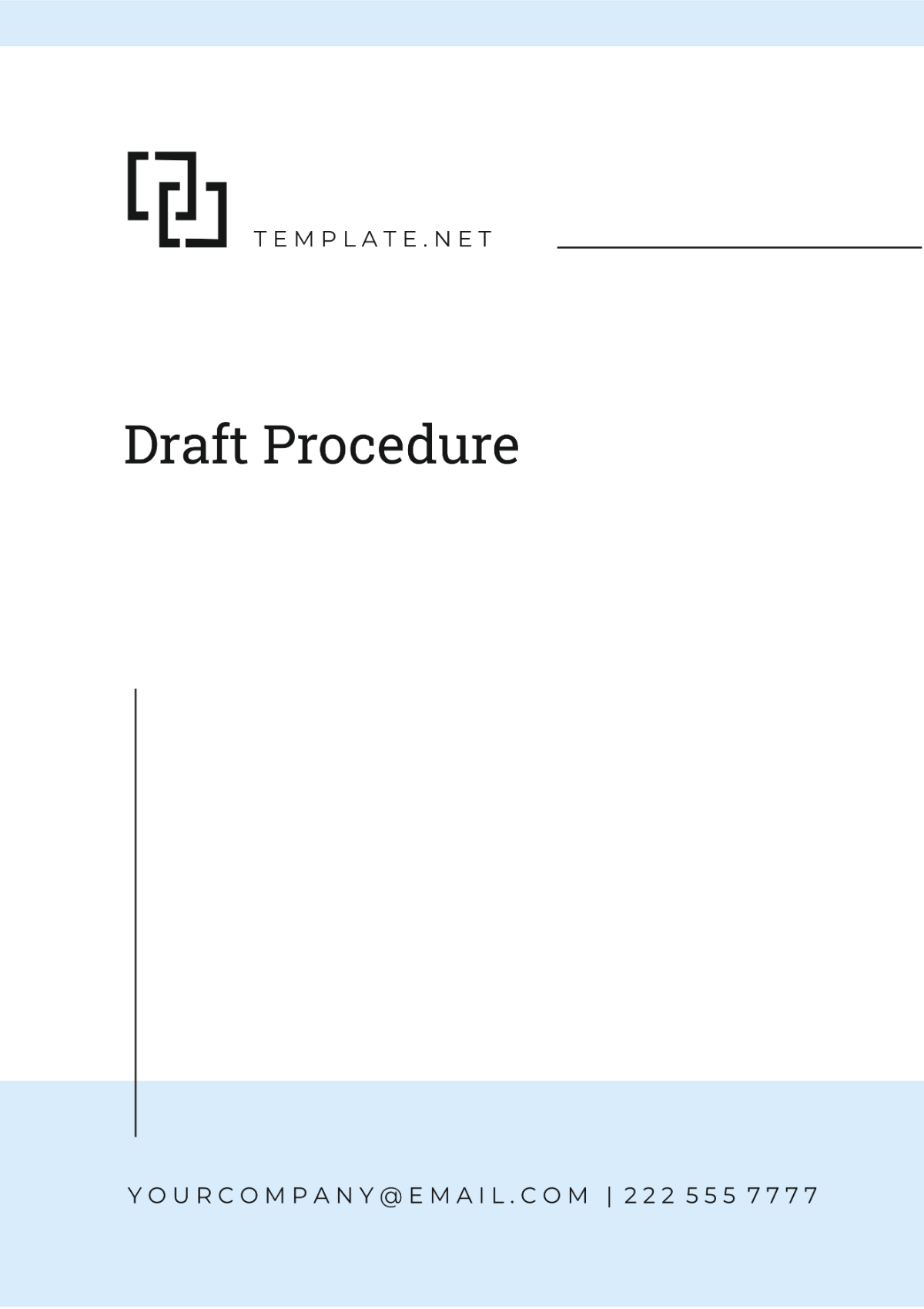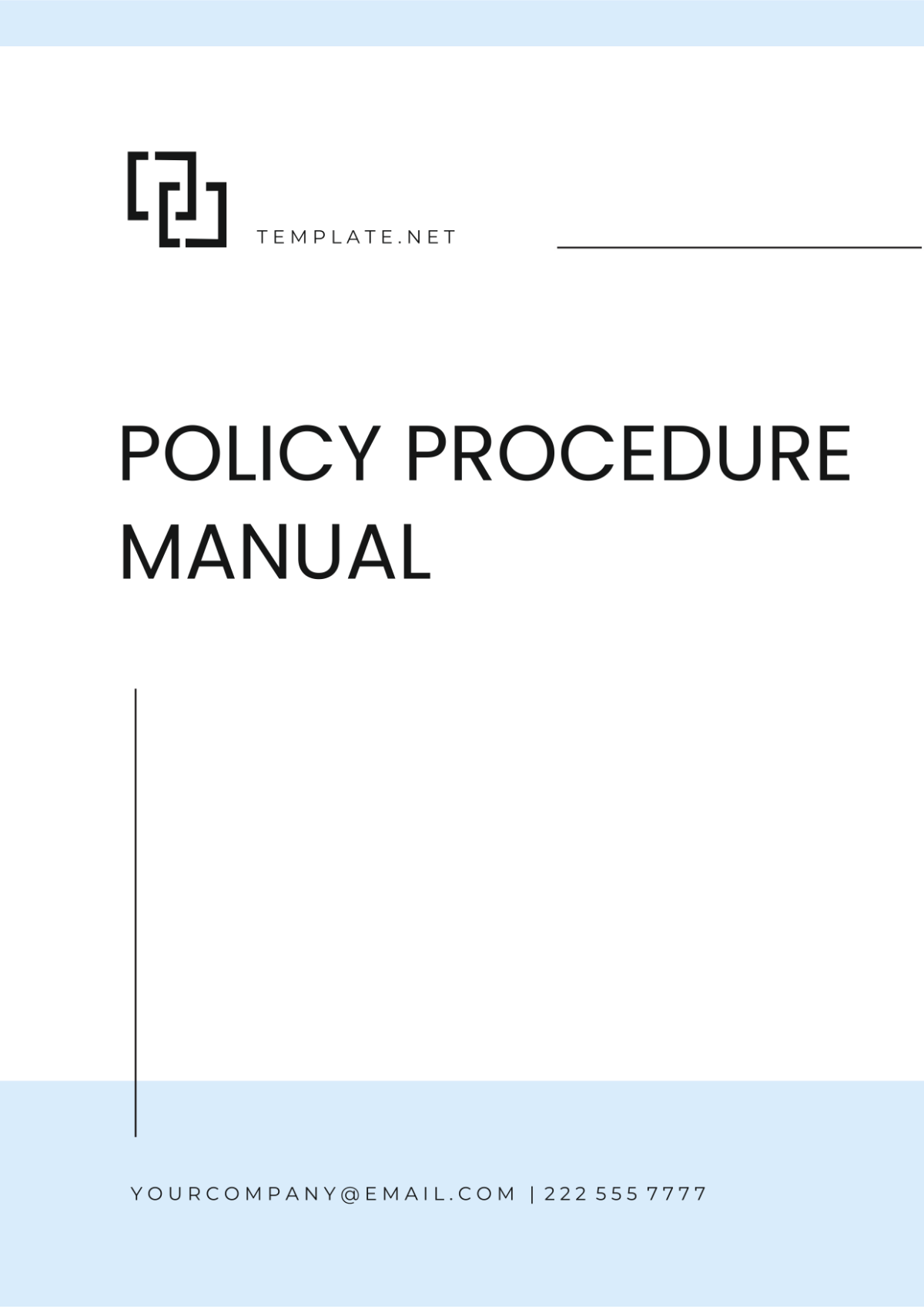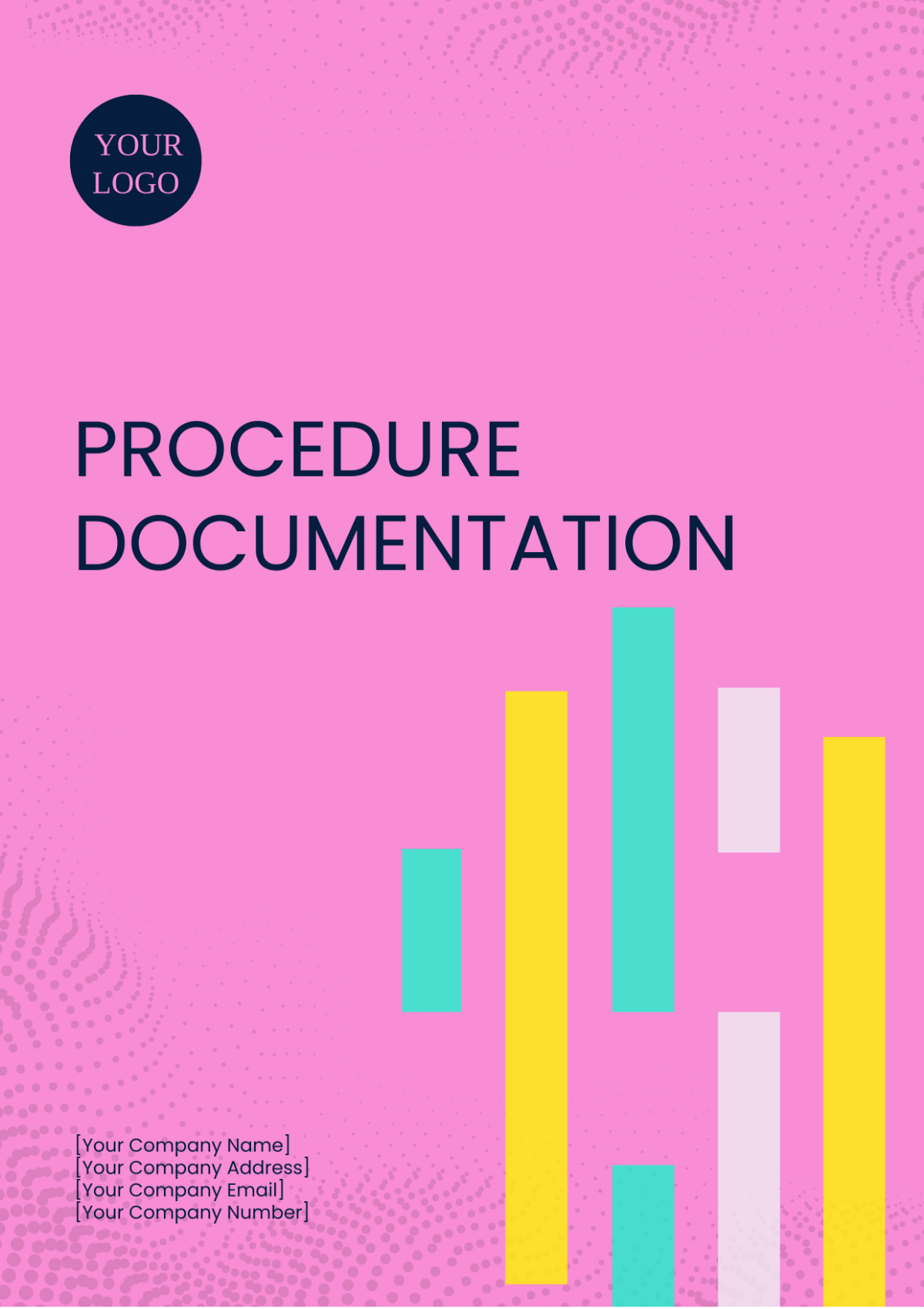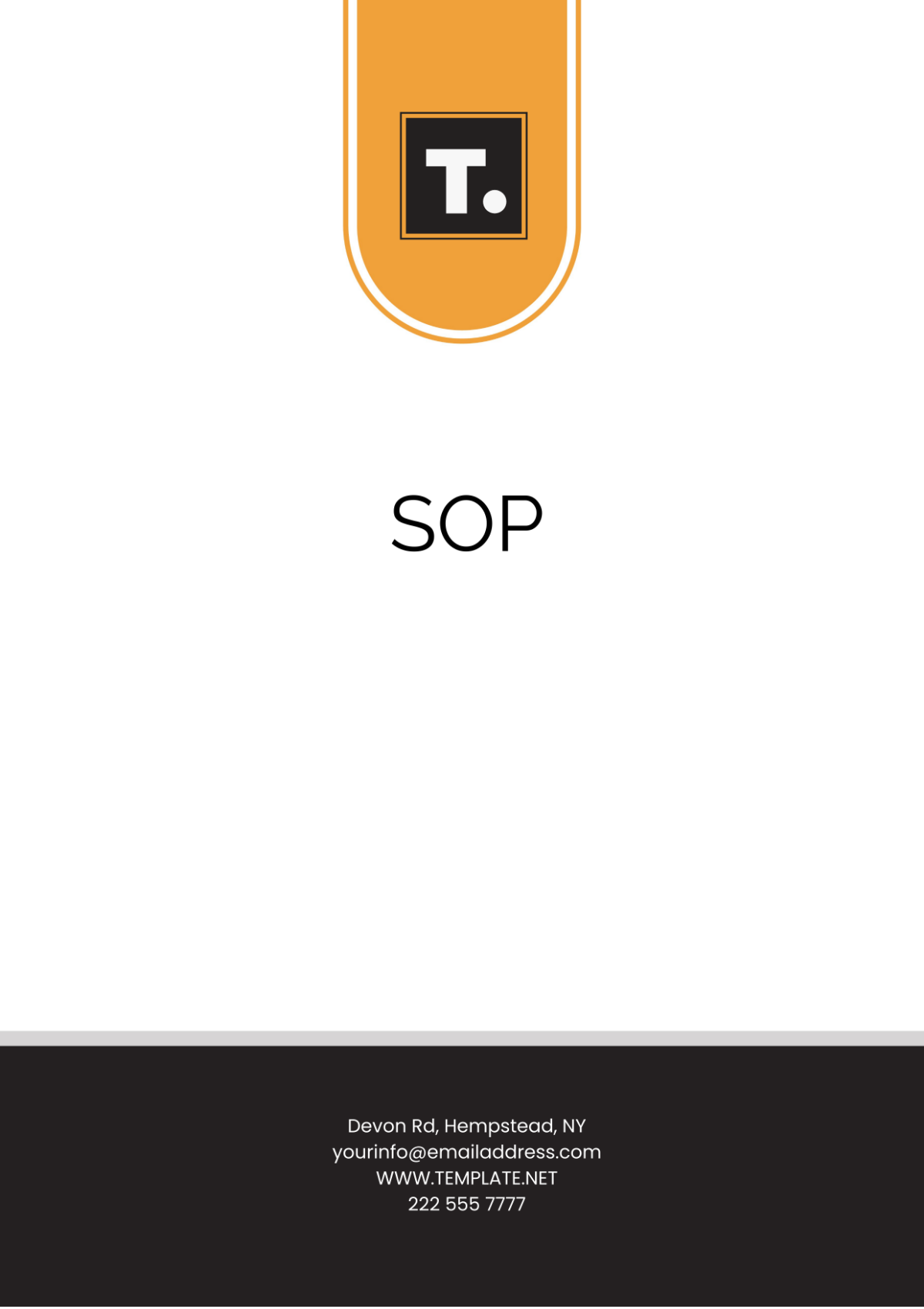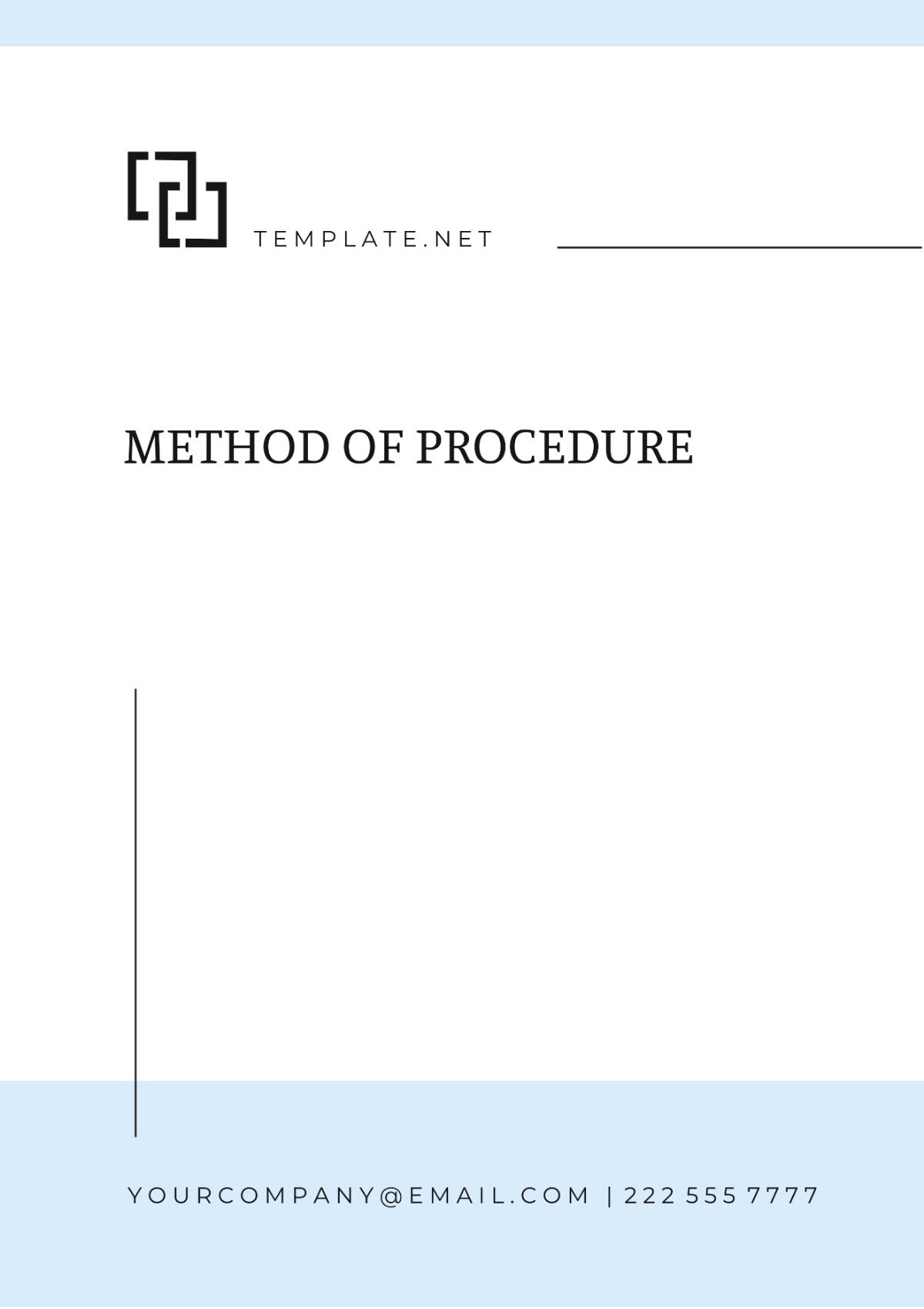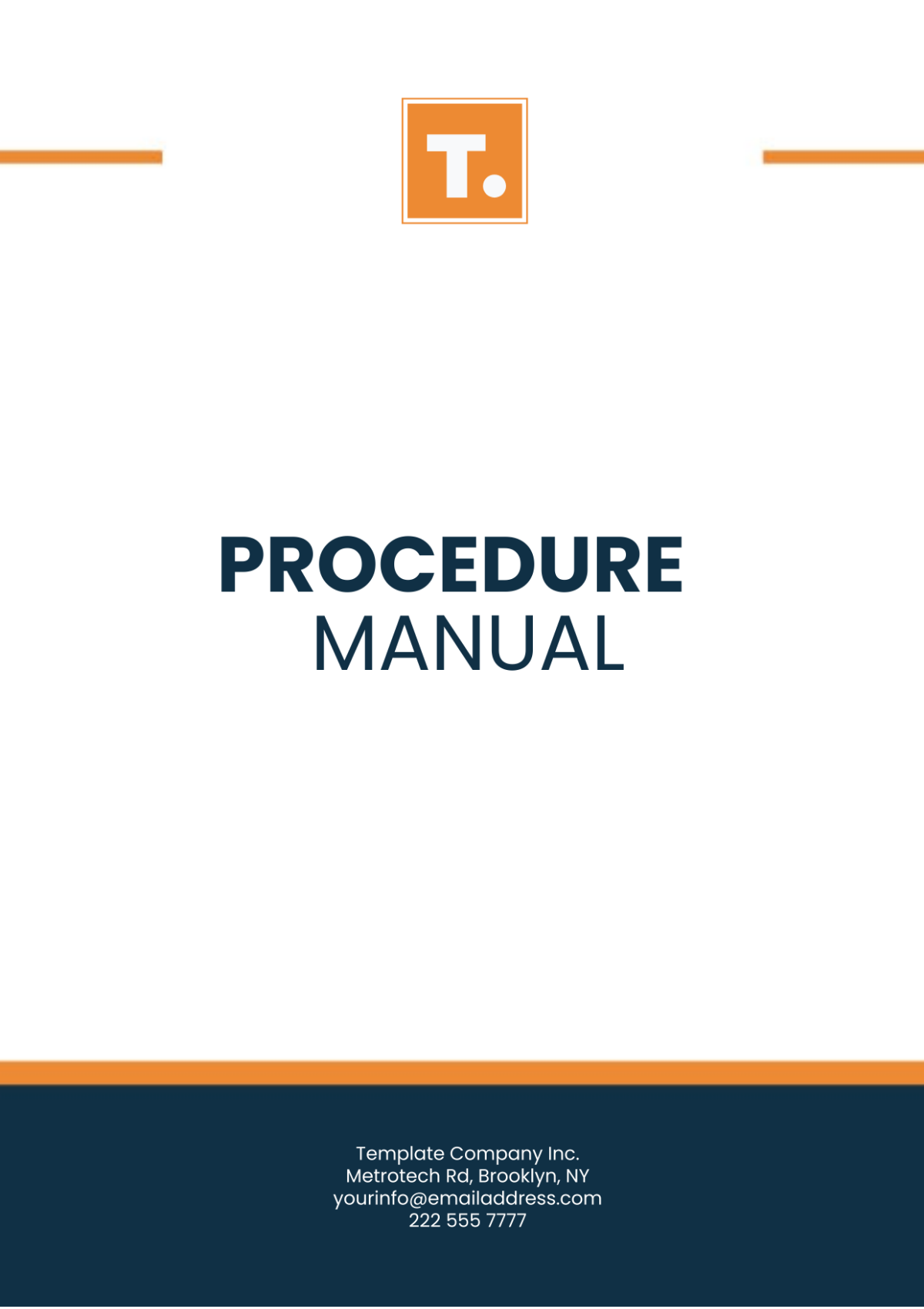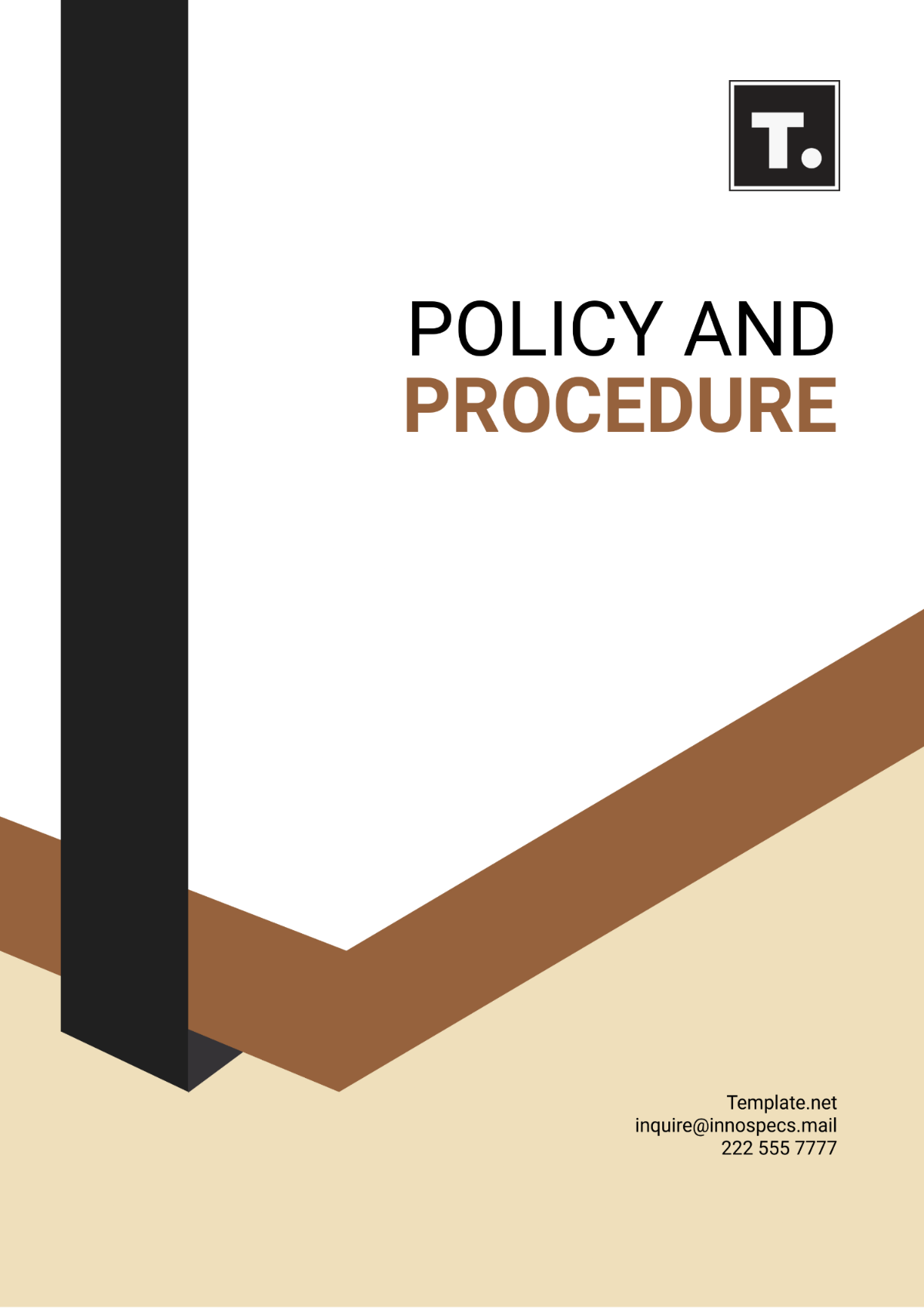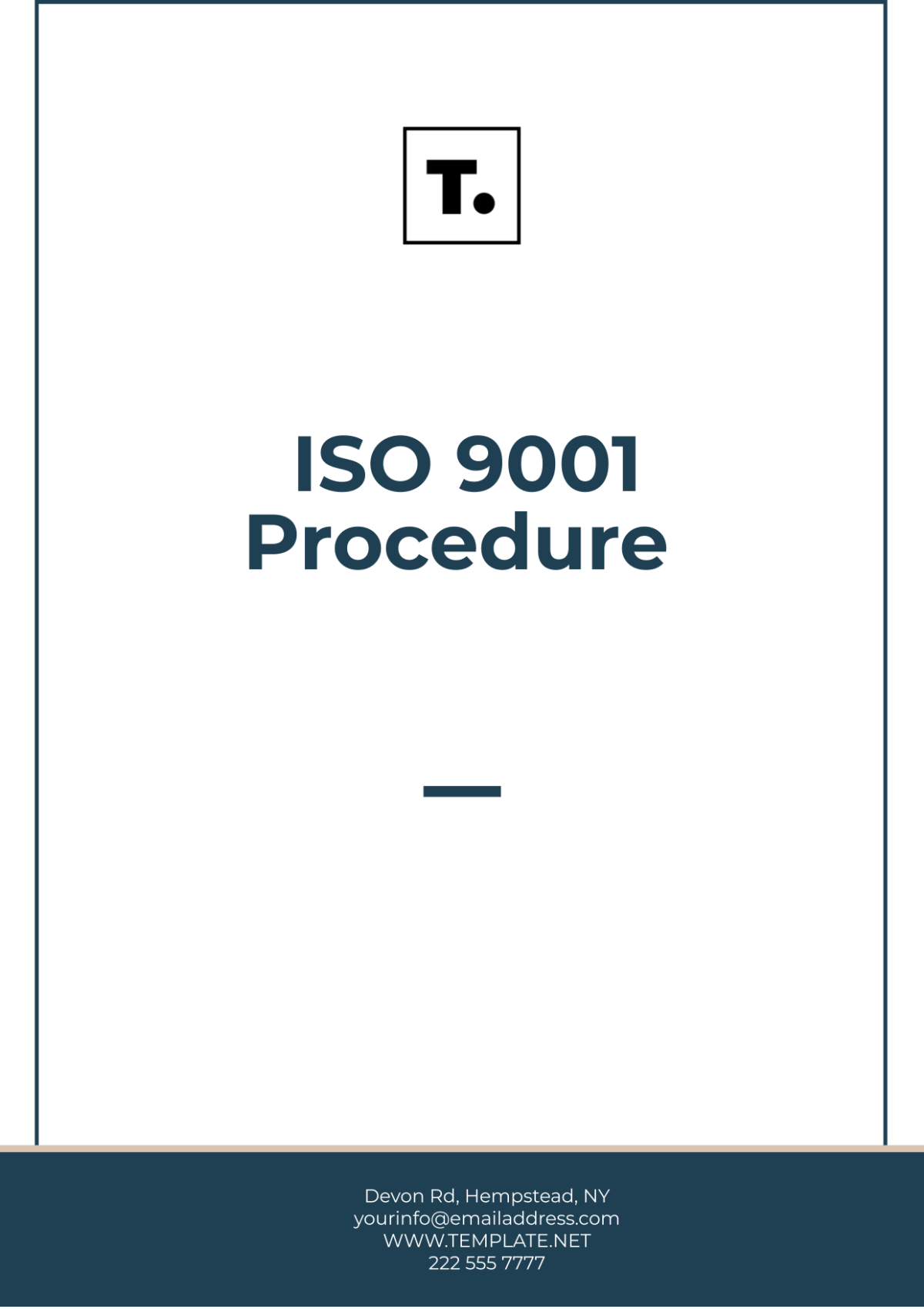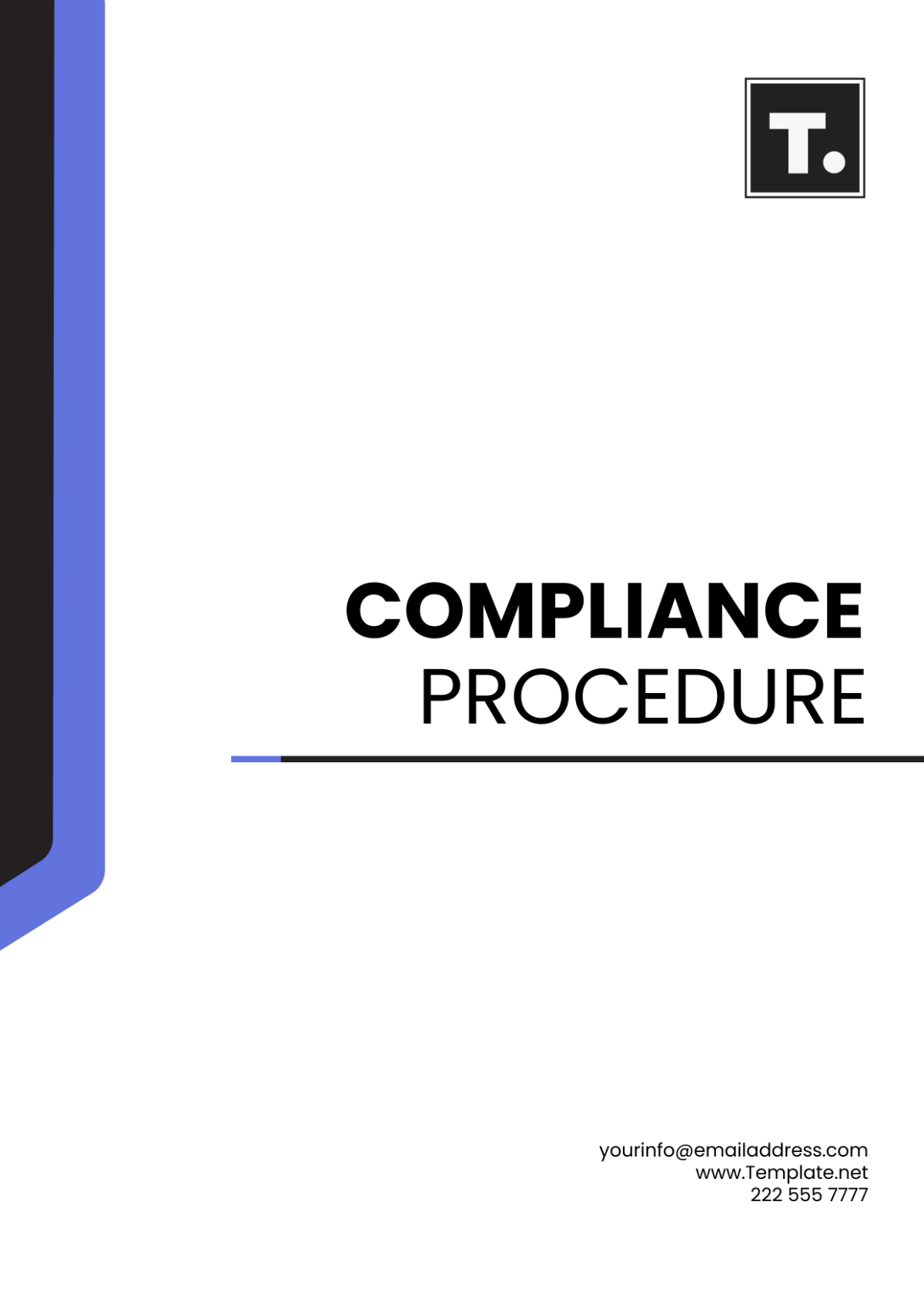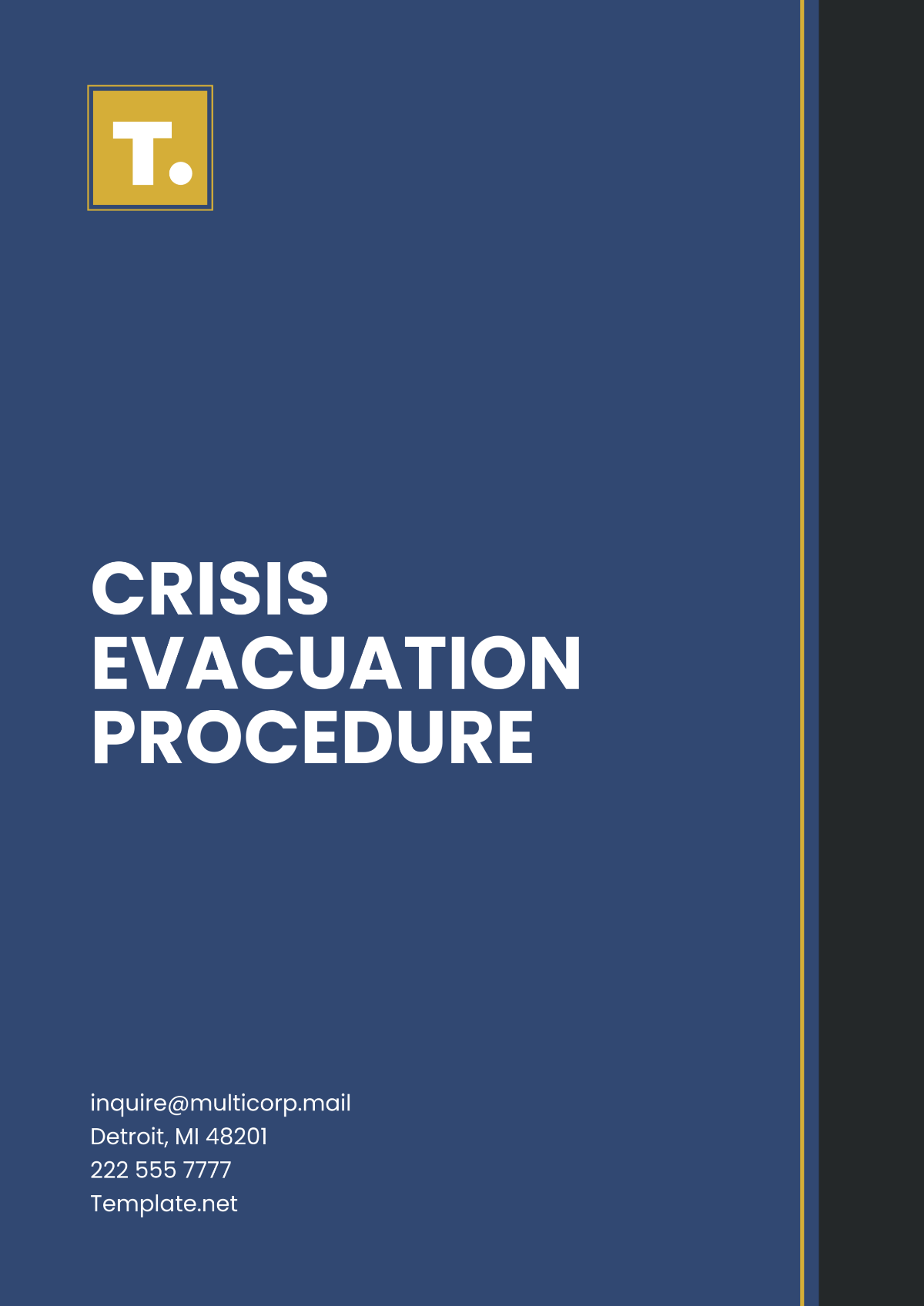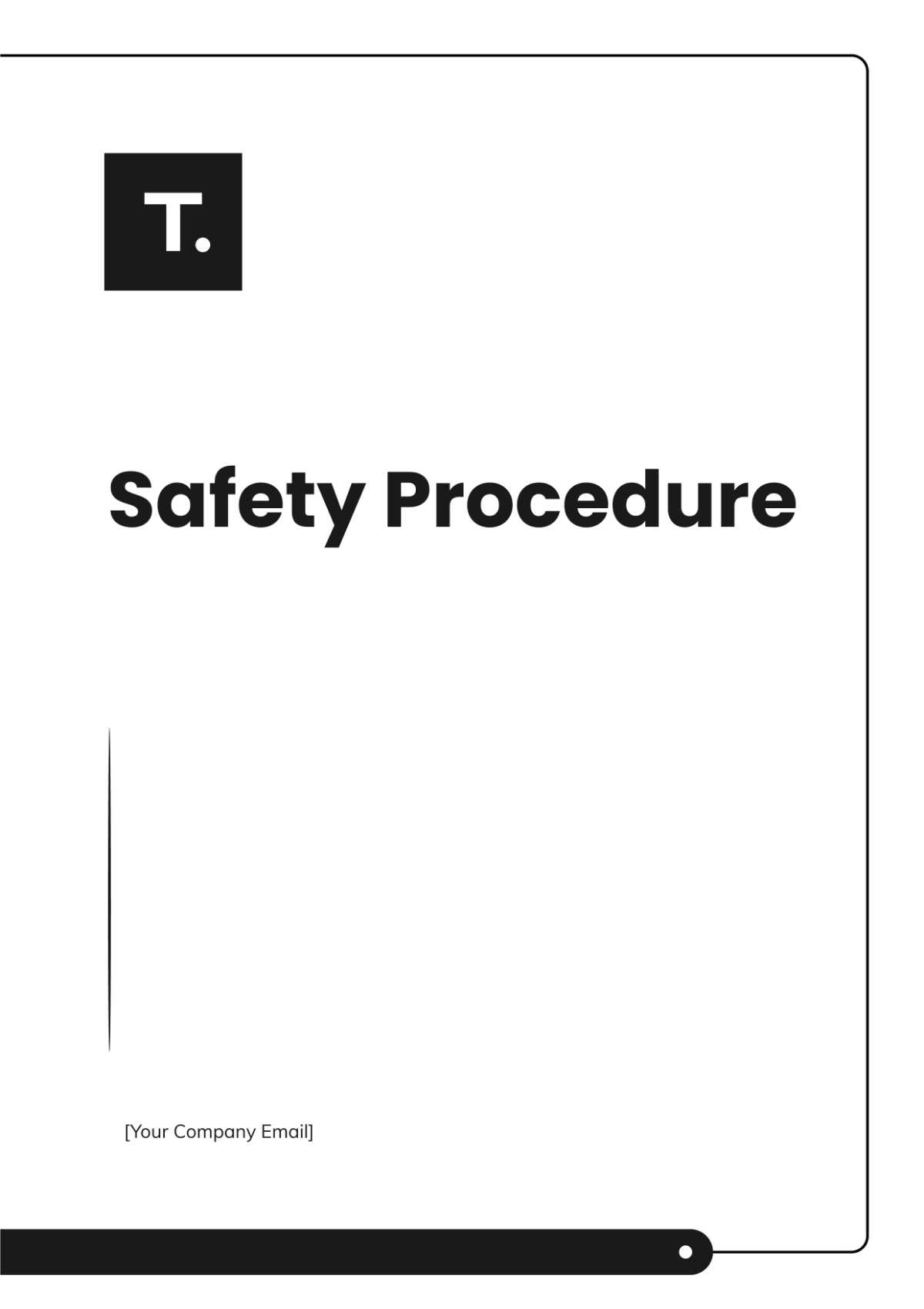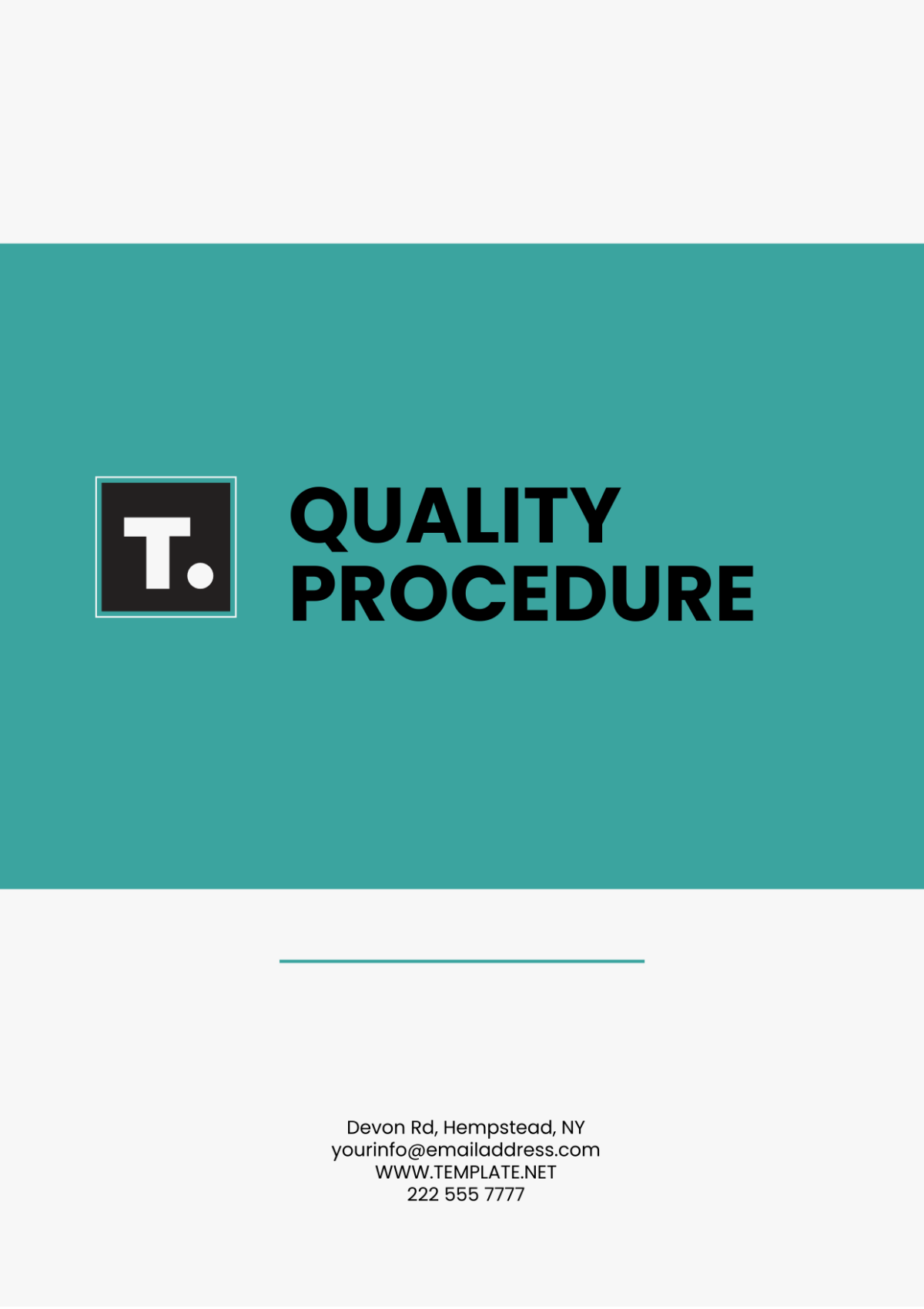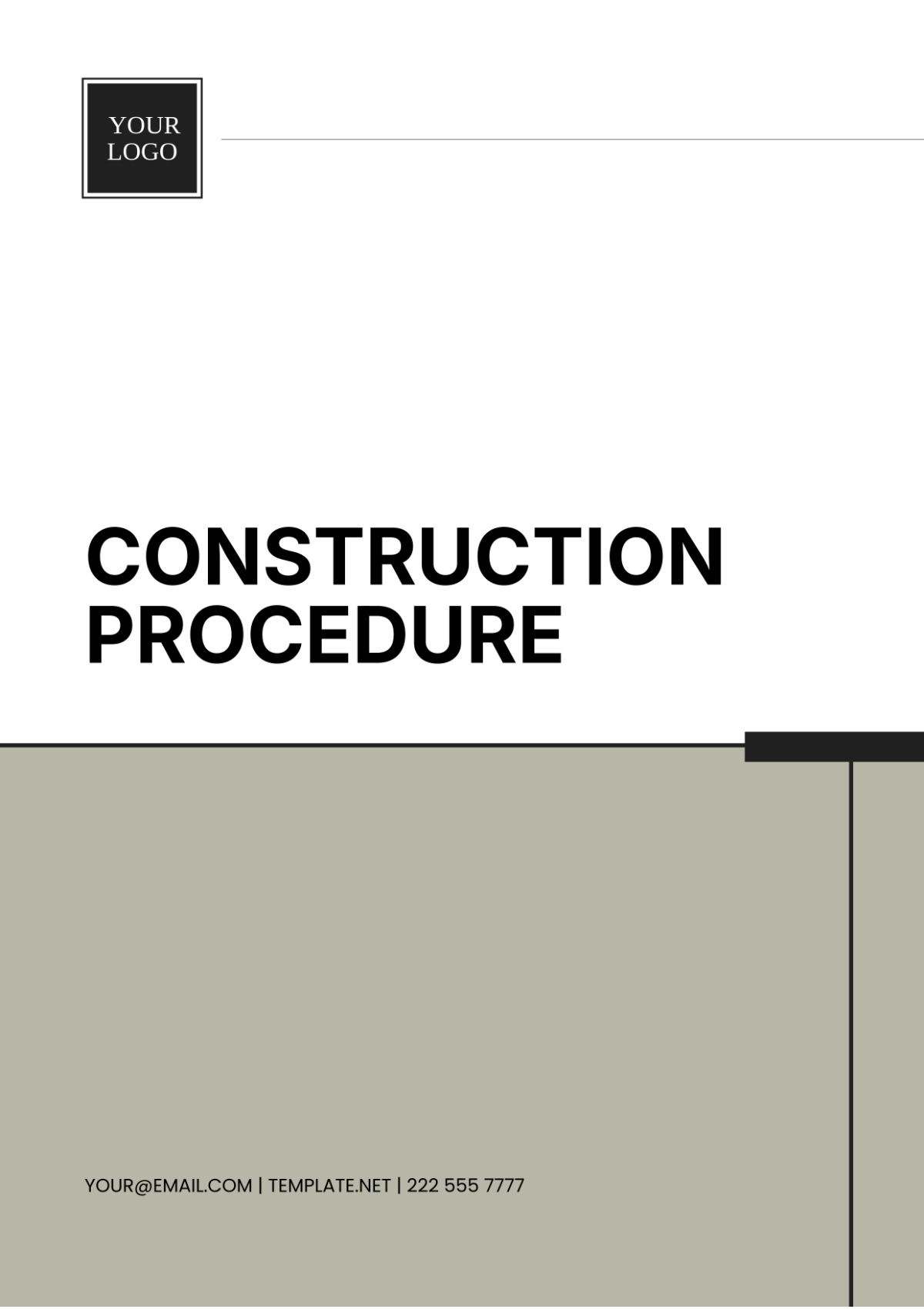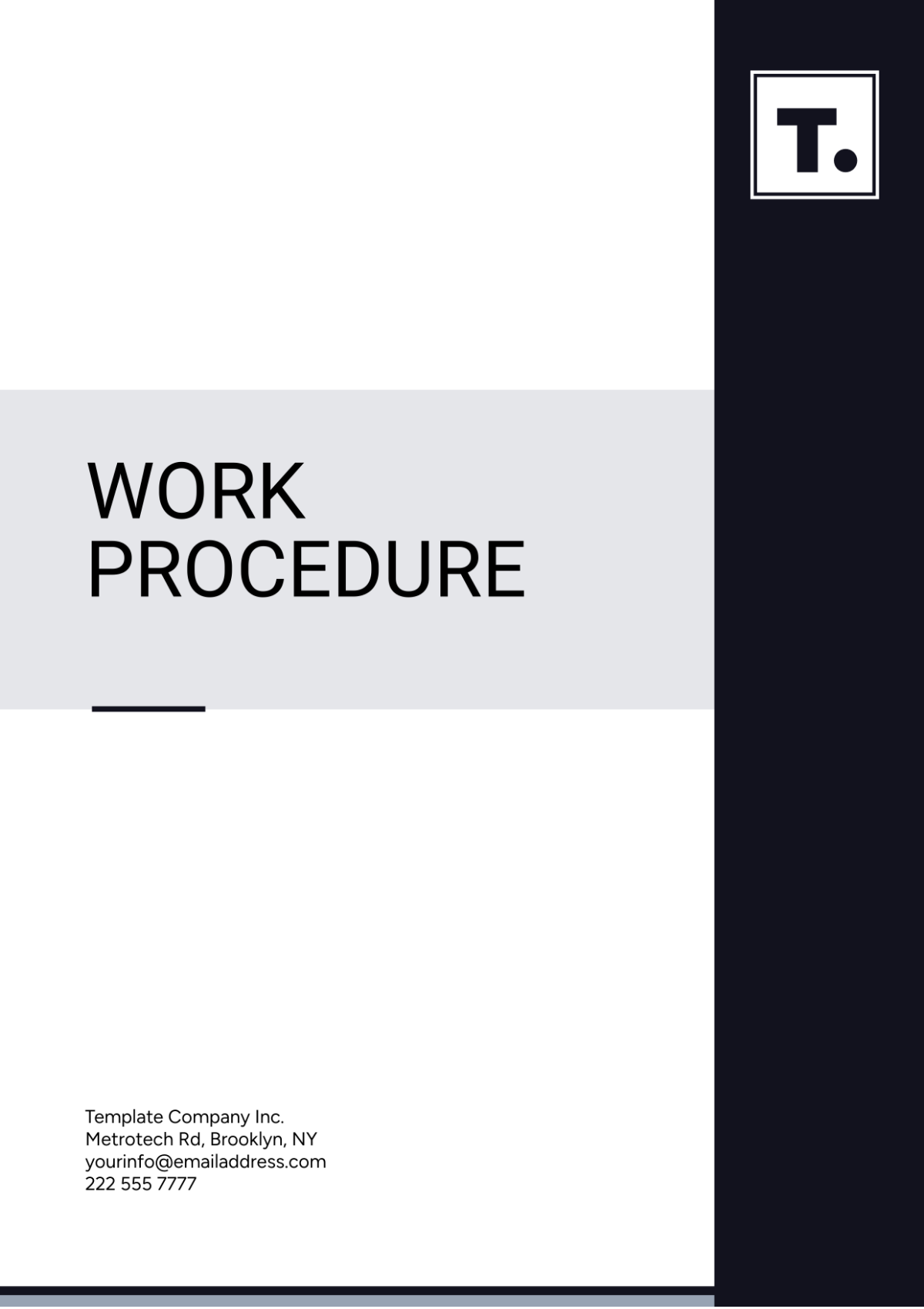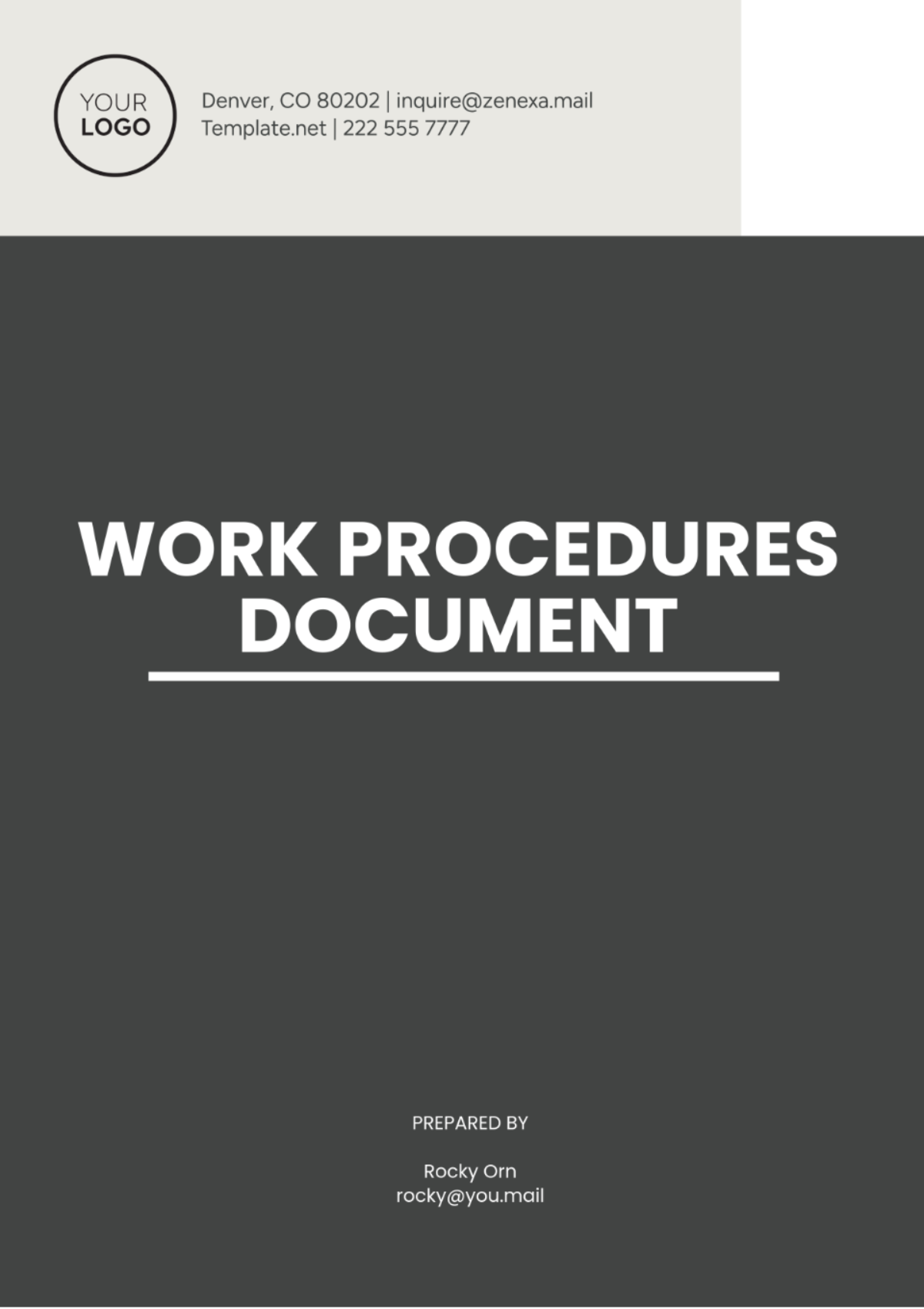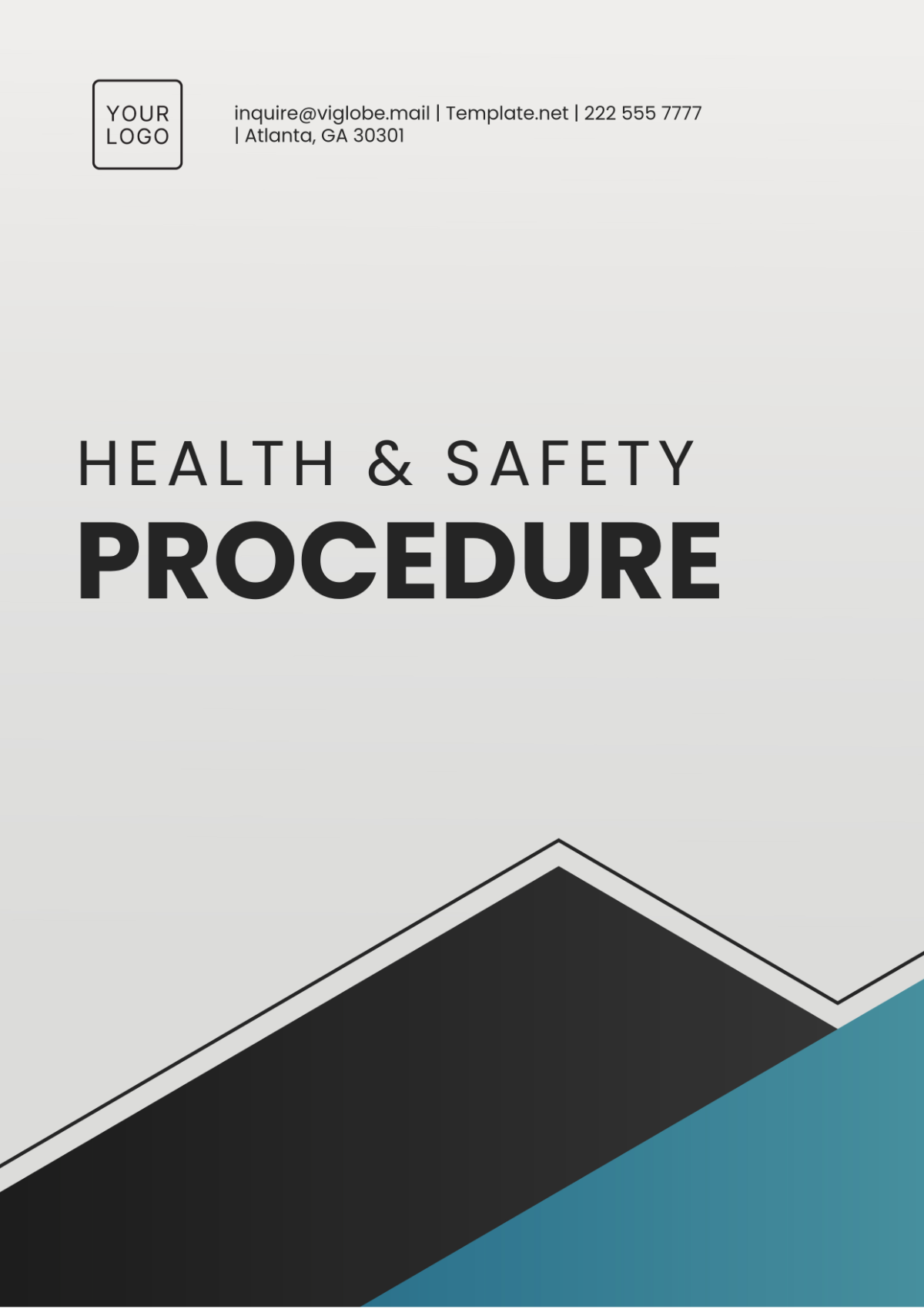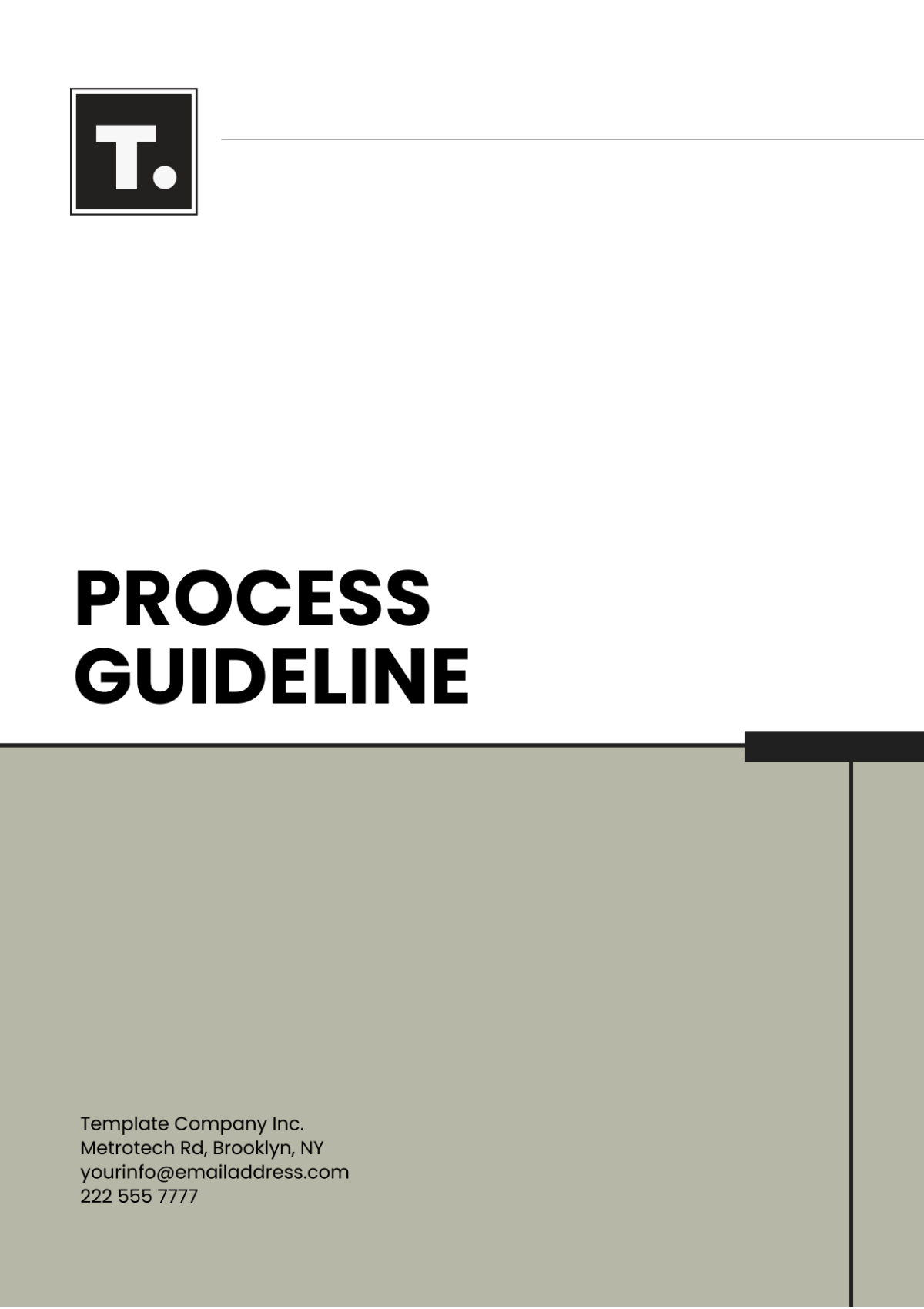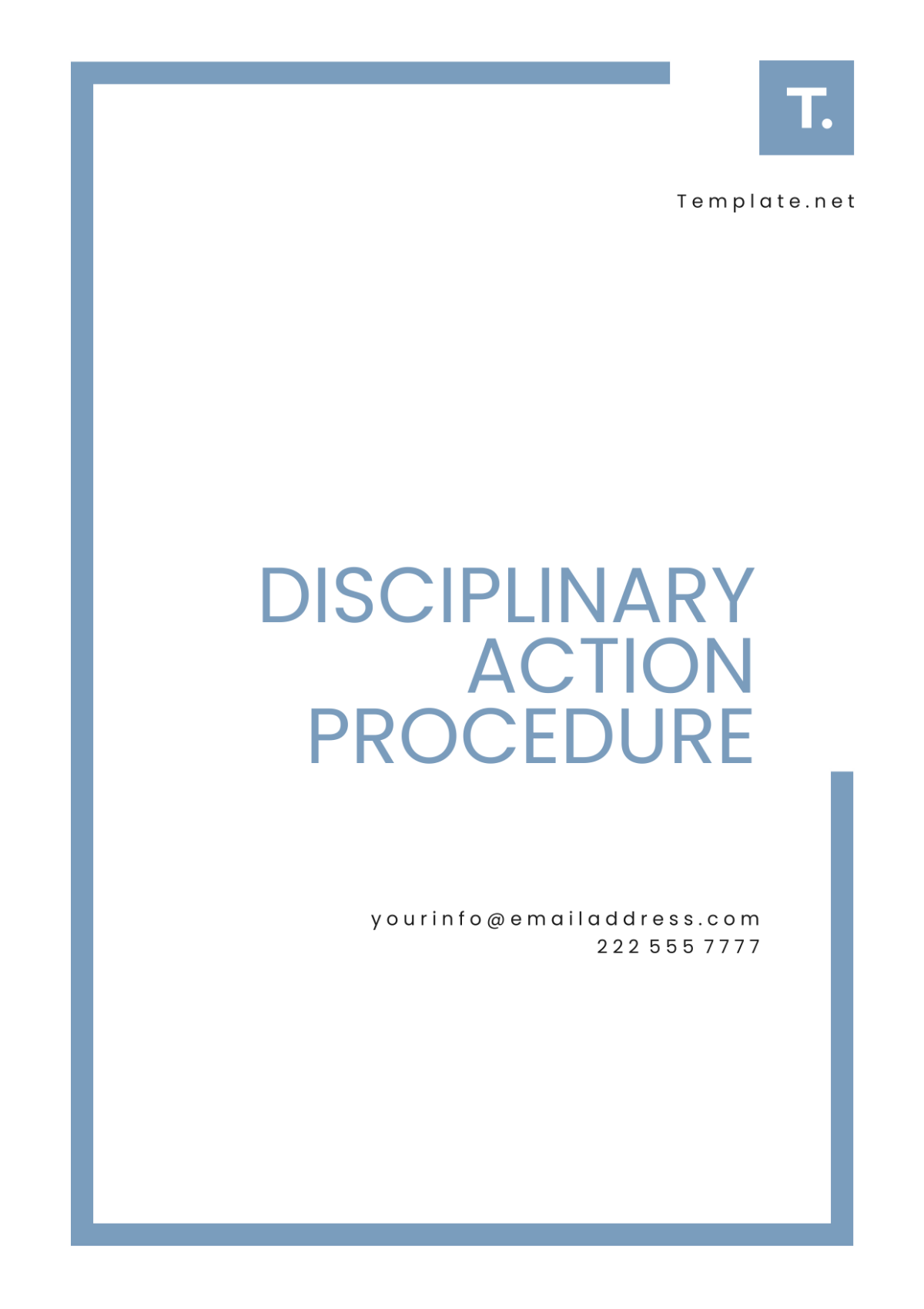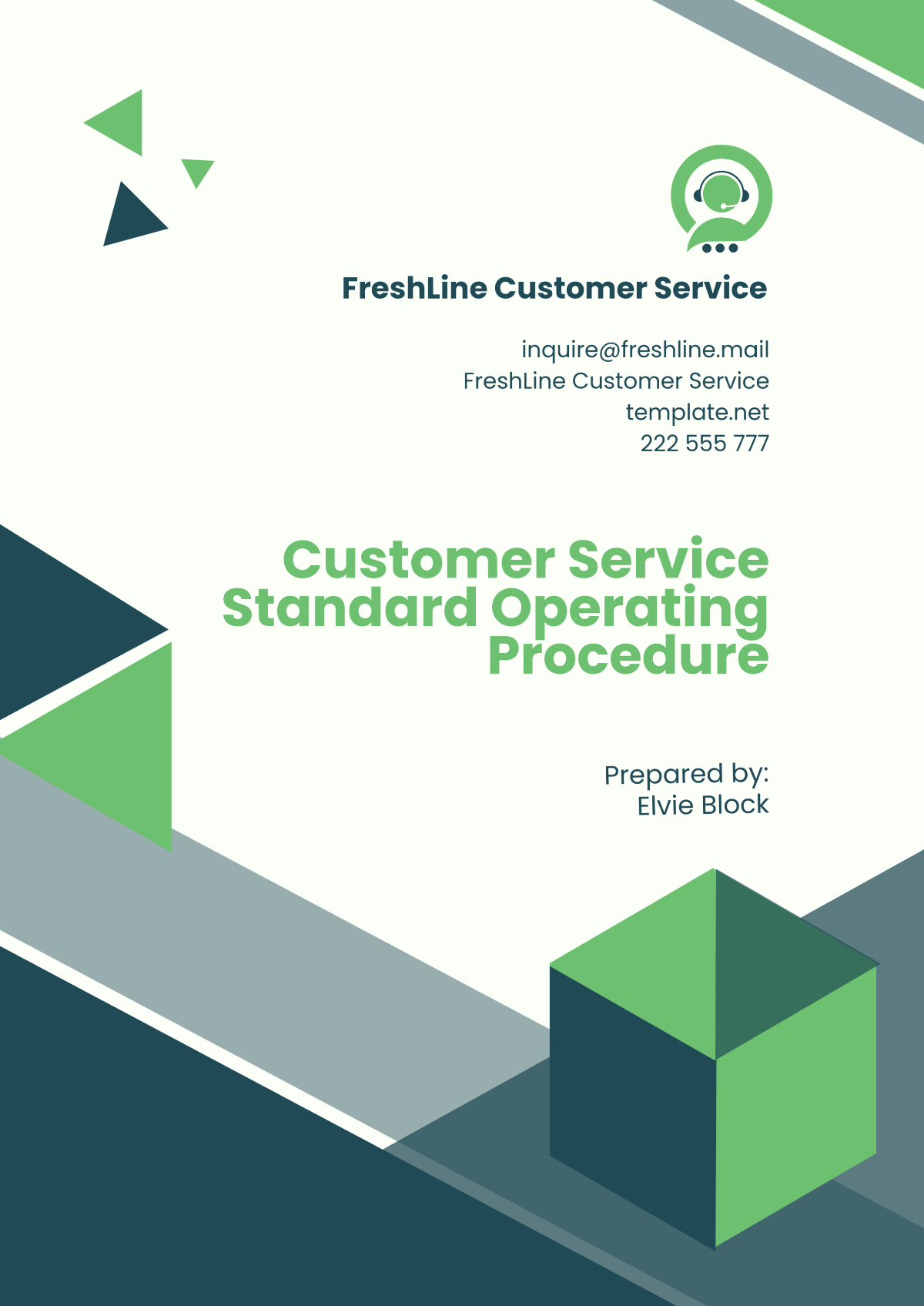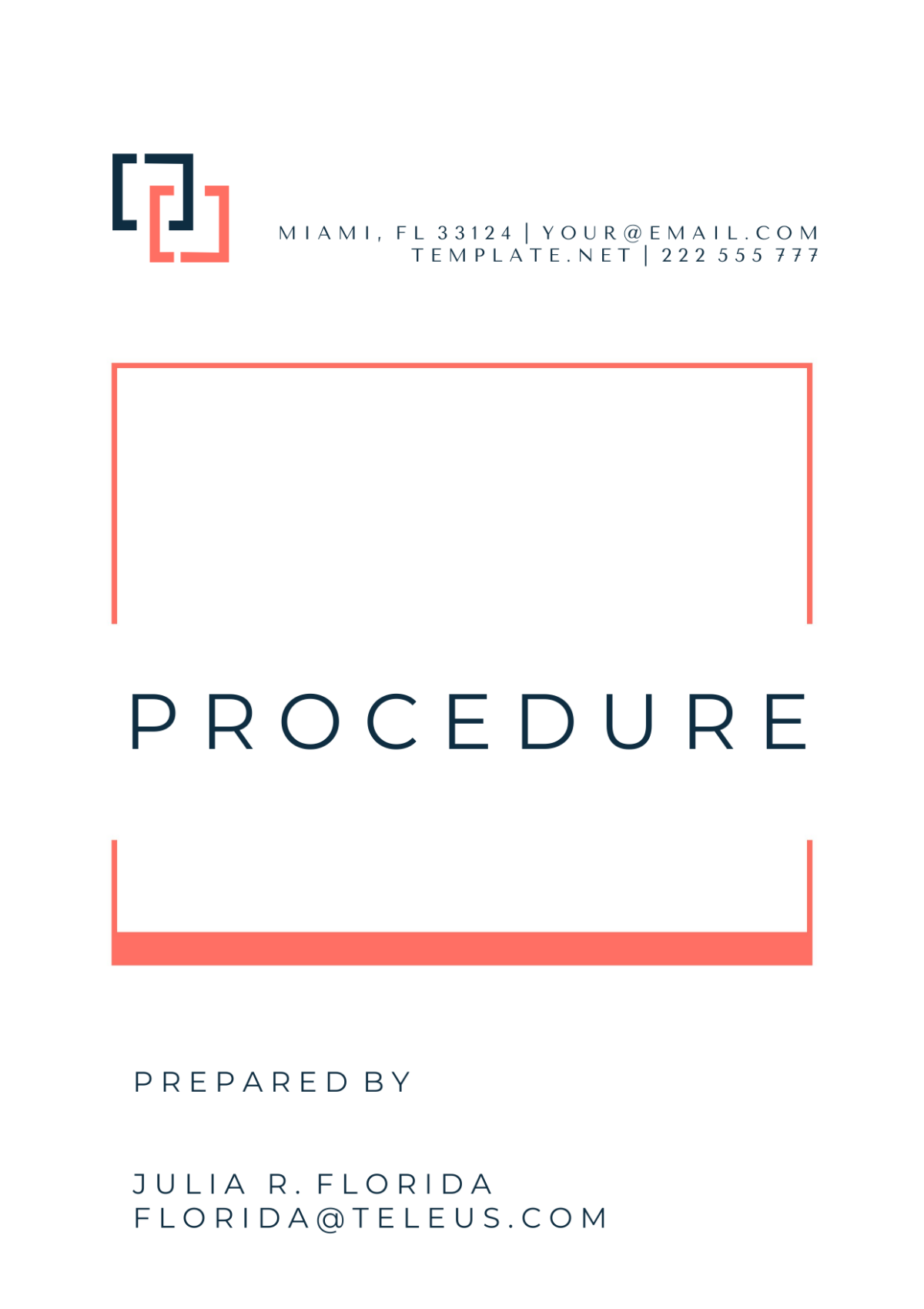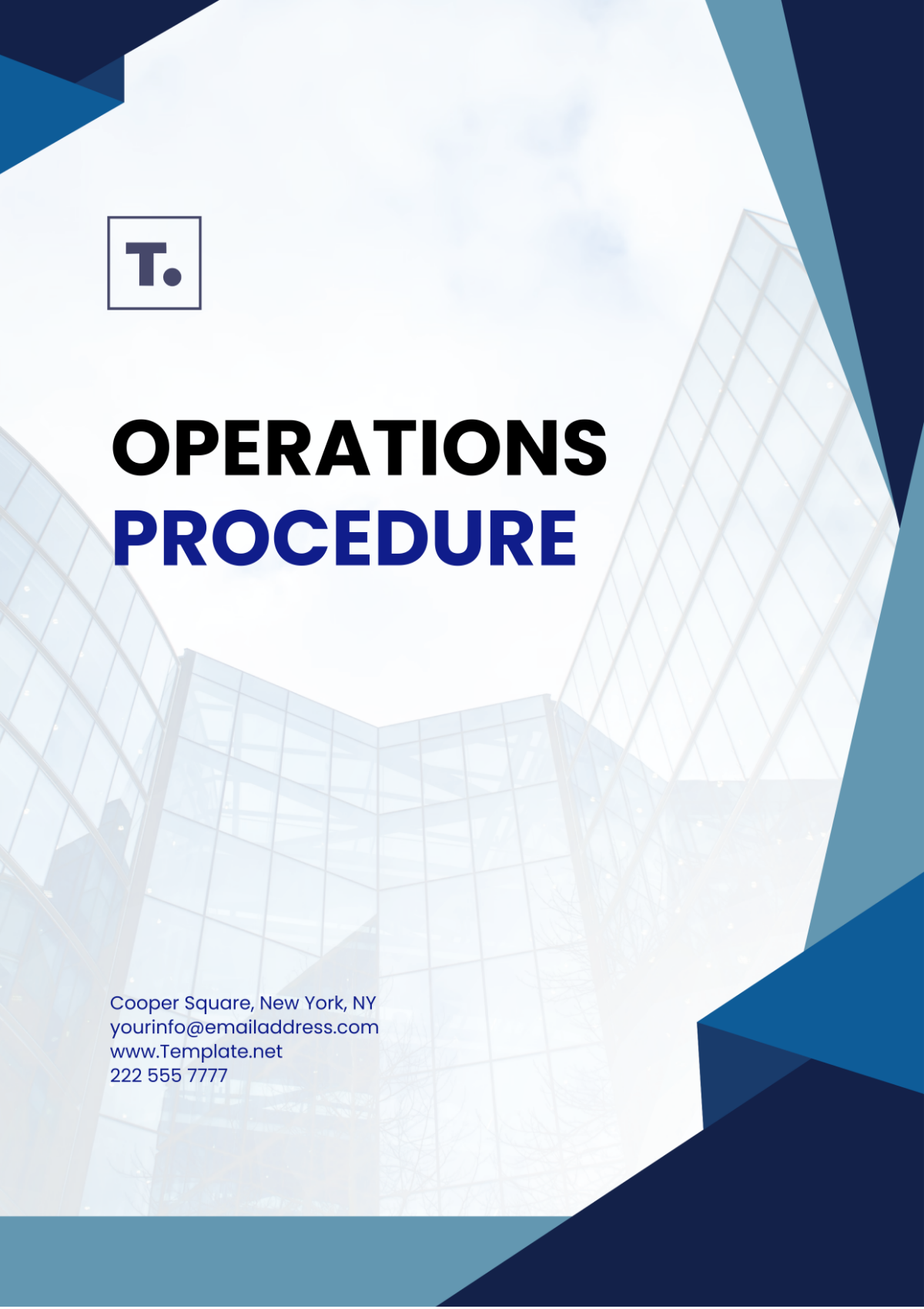Architecture Overtime Procedure
I. Introduction
A. Purpose of the Overtime Procedure
The Overtime Procedure at [Your Company Name] aims to ensure that all overtime work is managed efficiently, fairly, and in compliance with applicable labor laws. This procedure outlines the guidelines for requesting, approving, recording, and compensating overtime work to maintain transparency and consistency across the organization.
B. Scope of the Procedure
This procedure applies to all employees at [Your Company Name], including full-time, part-time, and temporary staff. It encompasses the rules and regulations for both exempt and non-exempt employees regarding overtime work, ensuring equitable treatment and proper compensation.
C. Definitions of Key Terms
Overtime: Hours worked beyond the standard workweek as defined by [Your Company Name] or applicable labor laws.
Exempt Employees: Employees who are exempt from overtime pay requirements under the Fair Labor Standards Act (FLSA) or equivalent local labor laws.
Non-Exempt Employees: Employees who are entitled to overtime pay according to the FLSA or equivalent local labor laws.
II. Overtime Eligibility
A. Criteria for Eligibility
To be eligible for overtime, an employee must be classified as non-exempt under the FLSA or equivalent local labor laws. The criteria for eligibility also include:
Employees must have completed their standard workweek hours.
Overtime work must be pre-approved by a supervisor or manager.
Overtime is typically applicable to project-based deadlines, peak periods, or emergency situations.
B. Exempt vs. Non-Exempt Employees
Exempt Employees: Generally, exempt employees are salaried professionals, such as architects and senior project managers, whose roles do not qualify for overtime pay. However, exceptions may apply in certain jurisdictions or under specific contract terms.
Non-Exempt Employees: Non-exempt employees include administrative staff, junior architects, and other hourly workers who are entitled to overtime pay.
C. Special Considerations
Certain situations, such as emergencies or client demands, may necessitate deviations from the standard approval process. In such cases, immediate notification to the management is required, followed by documentation and post-approval.
III. Requesting Overtime
A. Procedure for Requesting Overtime
Employees must follow a standardized process to request overtime, ensuring that all requests are documented and approved before the overtime work begins. The steps are as follows:
Submission of Request: Employees should submit an Overtime Request Form to their immediate supervisor.
Review and Approval: The supervisor reviews the request based on project needs and budget constraints.
Documentation: Approved requests are documented in the employee’s file and the project log.
B. Approval Process
The approval process involves several layers to ensure that overtime is necessary and justified:
Immediate Supervisor: Initial review and conditional approval.
Department Head: Secondary review for compliance with department objectives.
HR Department: Final approval to ensure adherence to company policies and labor laws.
C. Documentation Requirements
All overtime requests and approvals must be documented using the Overtime Request Form. This form should include:
Employee’s name and position
Reason for overtime
Estimated hours of overtime work
Supervisor’s signature
Final approval from the HR department
IV. Recording Overtime
A. Timekeeping Procedures
Accurate timekeeping is essential to ensure proper compensation for overtime work. [Your Company Name] utilizes a digital timekeeping system to record all hours worked, including overtime. Employees are required to:
Clock in and out using the digital system.
Record all hours worked, including start and end times, breaks, and overtime hours.
B. Use of Timesheets or Digital Systems
The company’s digital timekeeping system provides a user-friendly interface for employees to log their hours. Key features include:
Automated Calculations: The system automatically calculates regular and overtime hours.
Real-Time Updates: Employees can update their hours in real-time, ensuring accuracy.
Approval Workflow: Supervisors can review and approve timesheets digitally.
C. Verification and Validation of Overtime Hours
Supervisors are responsible for verifying the accuracy of the recorded overtime hours. This involves:
Reviewing Timesheets: Checking for discrepancies or errors.
Validating Work Completed: Ensuring that the recorded hours correspond to the work performed.
Approval: Providing final approval in the digital system, which then forwards the information to the payroll department.
V. Overtime Compensation
A. Overtime Pay Rates
Overtime pay rates at [Your Company Name] comply with federal and state labor laws. The standard overtime pay rate is:
1.5 Times the Regular Rate: For hours worked beyond 40 hours in a workweek.
Double Time: For specific situations as mandated by law or company policy, such as holidays or weekends.
B. Calculation Methods
Overtime pay is calculated based on the employee’s regular hourly wage. The calculation method is as follows:
Regular Rate Calculation: Determine the employee’s regular hourly rate.
Overtime Hours Calculation: Multiply the regular rate by 1.5 for each hour of overtime worked.
Total Overtime Pay: Sum the overtime pay with the regular pay for the total compensation.
Description | Rate | Example Calculation |
|---|---|---|
Regular Hourly Rate | $20/hour | |
Overtime Hourly Rate | $30/hour (1.5x regular rate) | $20 x 1.5 = $30 |
Total Overtime Hours Worked | 10 hours | |
Total Overtime Pay | $300 | 10 hours x $30 = $300 |
C. Payment Schedule
Overtime pay is included in the regular payroll cycle. Employees will receive their overtime compensation in the same paycheck as their regular wages. The payroll schedule is as follows:
Bi-Weekly Payroll: Employees are paid every two weeks, including any overtime worked during that period.
Monthly Payroll: For certain roles, employees may be paid monthly, with overtime calculated and paid in the same period.
VI. Compliance with Labor Laws
At [Your Company Name], it is crucial to adhere to all relevant labor laws to ensure legal compliance and fair treatment of employees.
Key Regulations | Details |
|---|---|
Relevant Labor Regulations | Governs minimum wage, overtime pay, and recordkeeping. Vary by state but include overtime pay and employee rights. Additional requirements regarding work hours and overtime in some cities. |
Ensuring Adherence | Employees and managers receive training on relevant labor laws and company policies. Regular reviews and updates to align with legal changes. Periodic audits to ensure compliance. |
Penalties for Non-Compliance | Monetary penalties imposed by labor authorities. Potential lawsuits from employees or government bodies. Harm to the company’s reputation. |
VII. Employee Responsibilities
Responsibilities | Details |
|---|---|
Expectations for Reporting | Log all hours worked, including overtime. Follow proper procedures and get approval before working overtime. Keep records of overtime requests and approvals. |
Maintaining Accurate Records | Record start and end times, including breaks, every day. Regularly review logged hours. Submit timesheets by the end of each pay period for approval. |
Adhering to the Approval Process | Adhere to steps for requesting and recording overtime. Obtain necessary approvals before working overtime. Report discrepancies to the supervisor immediately. |
VIII. Management Responsibilities
Responsibilities | Details |
|---|---|
Monitoring Overtime Usage | Use the timekeeping system to monitor overtime hours. Identify trends in overtime usage. Establish controls to prevent excessive overtime. |
Approving Overtime Requests | Assess the necessity of overtime requests. Verify requests comply with policies and labor laws. Offer feedback on overtime requests. |
Ensuring Fair Distribution | Distribute overtime opportunities equitably. Take workload and availability into account when approving overtime. Listen to and address employee concerns. |
IX. Review and Audit
Actions | Details |
|---|---|
Regular Review of Procedures | Conduct annual reviews of overtime policies and practices. Gather feedback from employees. Update policies based on reviews and legal changes. |
Internal Audits | Perform quarterly audits to verify compliance and accuracy. Use a dedicated HR and legal team for audits. Document findings and implement corrective actions. |
Addressing Discrepancies | Conduct thorough investigations into discrepancies. Make necessary corrections to time records. Inform employees and management of findings and corrective measures. |
X. Training and Communication
A. Employee Training Programs
To ensure employees understand overtime procedures, [Your Company Name] offers:
Orientation Training: Introduce new employees to overtime policies during onboarding.
Regular Workshops: Conduct periodic workshops to refresh and update employee knowledge.
Online Resources: Provide online training modules and resources accessible to all employees.
B. Communication of Overtime Policies
Clear communication is vital for effective overtime management:
Policy Manuals: Distribute comprehensive policy manuals to all employees.
Intranet Portal: Maintain an updated intranet portal with all overtime-related information.
Regular Updates: Communicate any policy changes or updates promptly through email and staff meetings.
C. Updates and Revisions to the Procedure
To keep the procedure current and effective:
Periodic Reviews: Conduct bi-annual reviews to assess the need for updates.
Stakeholder Input: Involve employees, managers, and HR in the revision process.
Documentation: Ensure all updates are documented and communicated to relevant parties.
XI. Conflict Resolution
A. Handling Disputes Related to Overtime
Disputes related to overtime should be resolved promptly and fairly:
Reporting Mechanism: Establish a clear mechanism for employees to report disputes.
Investigation Process: Conduct thorough investigations into reported disputes.
Resolution Meetings: Hold meetings between involved parties to resolve conflicts.
B. Mediation and Resolution Process
For more complex disputes, a formal mediation process may be necessary:
Mediation Team: Form a mediation team comprising HR and management representatives.
Neutral Mediator: Involve a neutral third party if necessary to facilitate resolution.
Resolution Agreement: Document the resolution in a formal agreement signed by all parties.
C. Reporting Mechanisms
Employees should have multiple avenues to report overtime-related issues:
Direct Reporting: Report issues directly to their immediate supervisor.
Anonymous Reporting: Utilize an anonymous reporting system for sensitive matters.
HR Hotline: Provide a dedicated HR hotline for reporting and resolving disputes.
XII. Conclusion
A. Summary of Key Points
The Overtime Procedure at [Your Company Name] ensures that all overtime work is managed efficiently, fairly, and in compliance with applicable labor laws. By following the outlined steps for requesting, approving, recording, and compensating overtime, both employees and management can maintain transparency and consistency in the process.
B. Importance of Adhering to the Procedure
Adhering to the overtime procedure is crucial for:
Legal Compliance: Ensuring the company complies with all relevant labor laws.
Fair Compensation: Providing fair and accurate compensation for overtime work.
Efficient Operations: Maintaining efficient and effective management of work hours.
C. Contact Information for Further Assistance
For any questions or further assistance regarding the Overtime Procedure, employees can contact the HR department at:
Email: [Your Company Email]
Phone: [Your Company Number]
